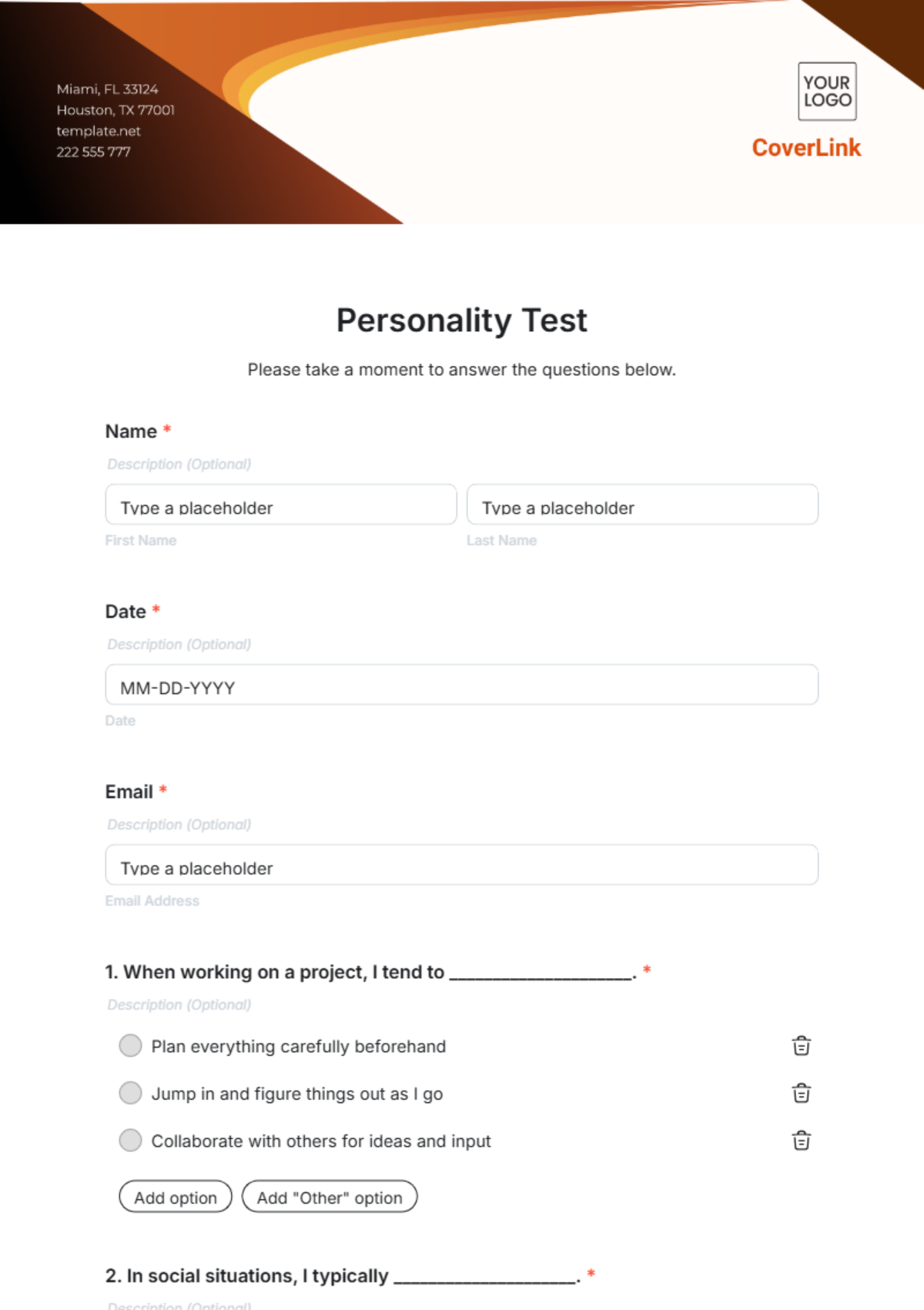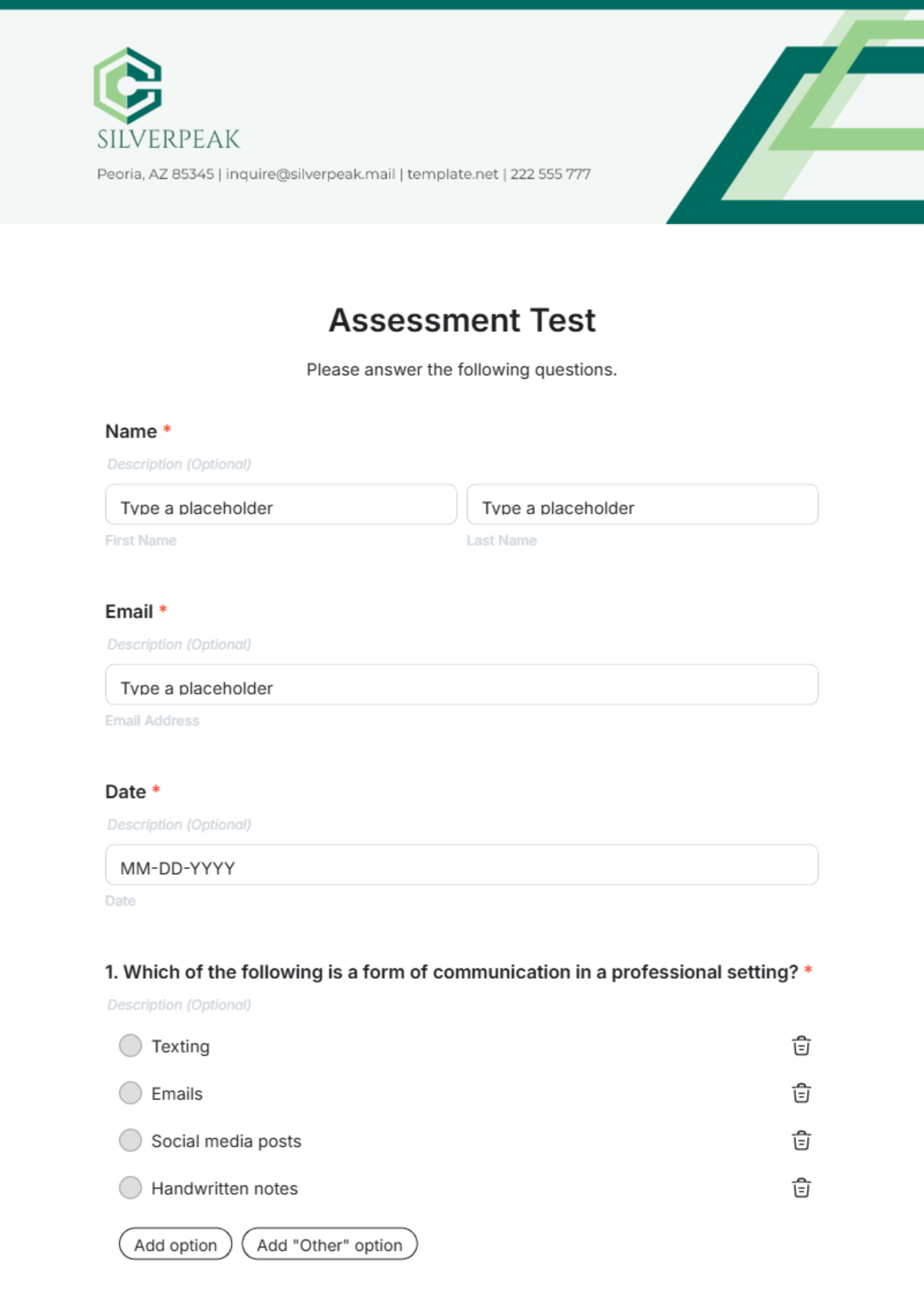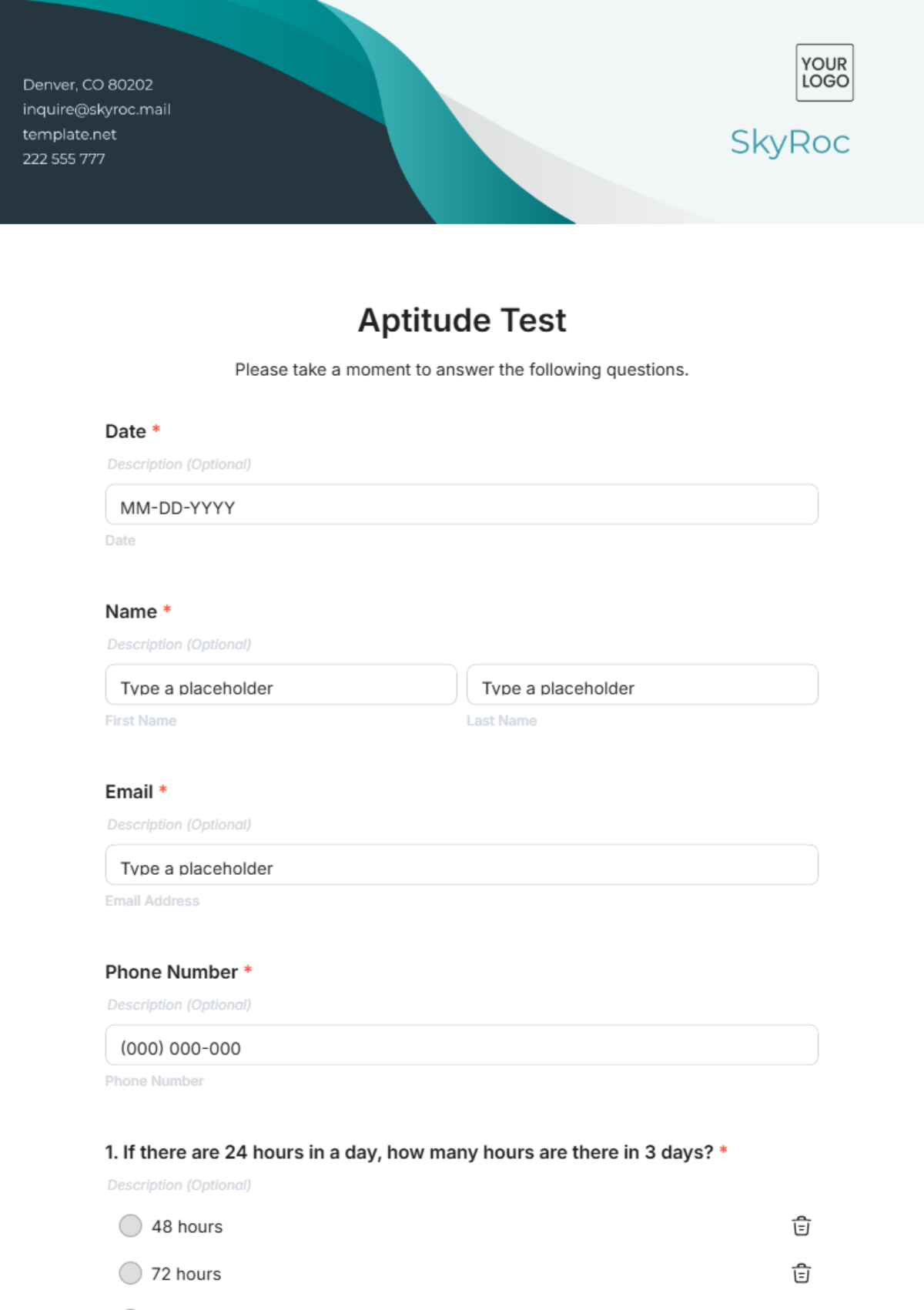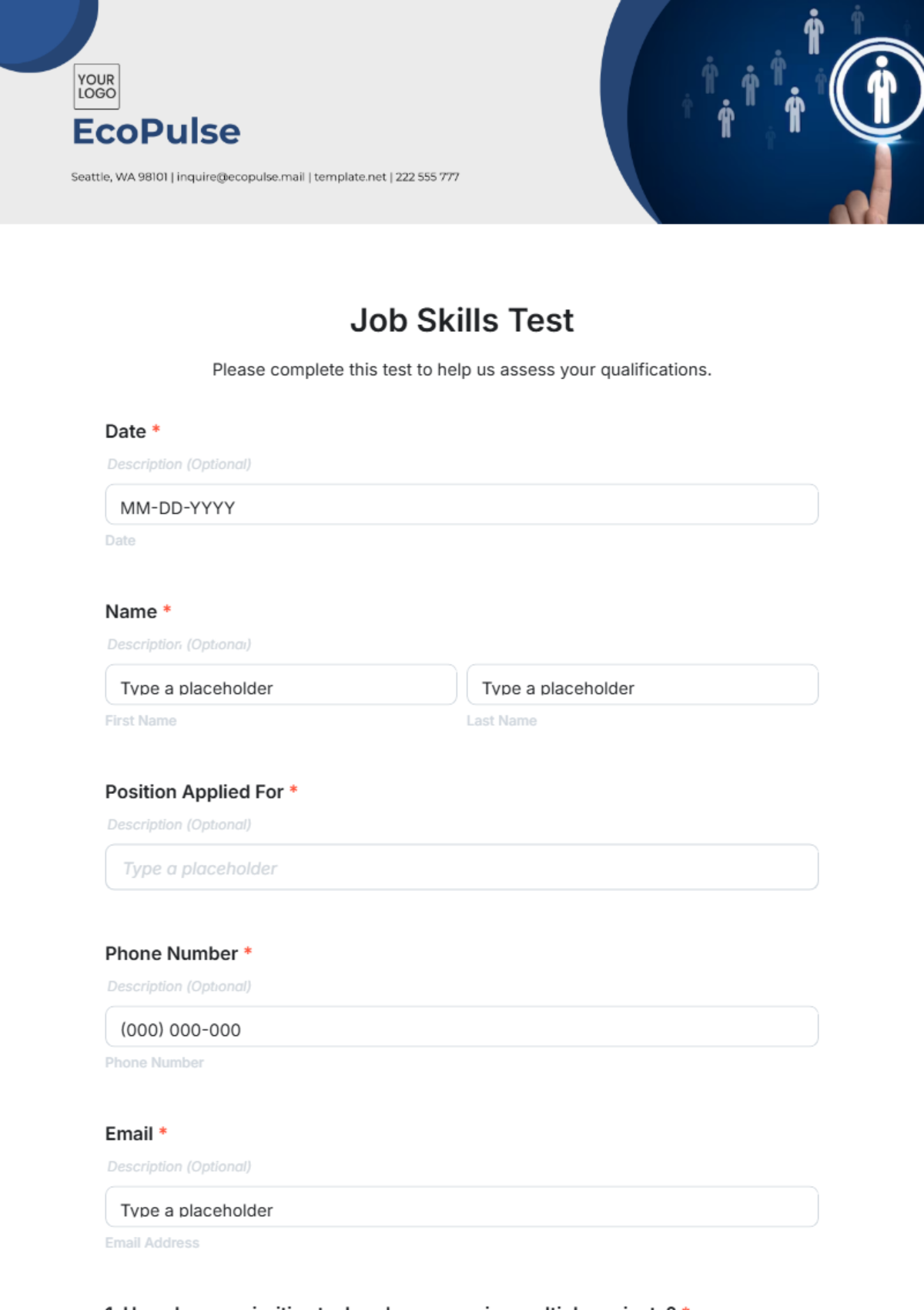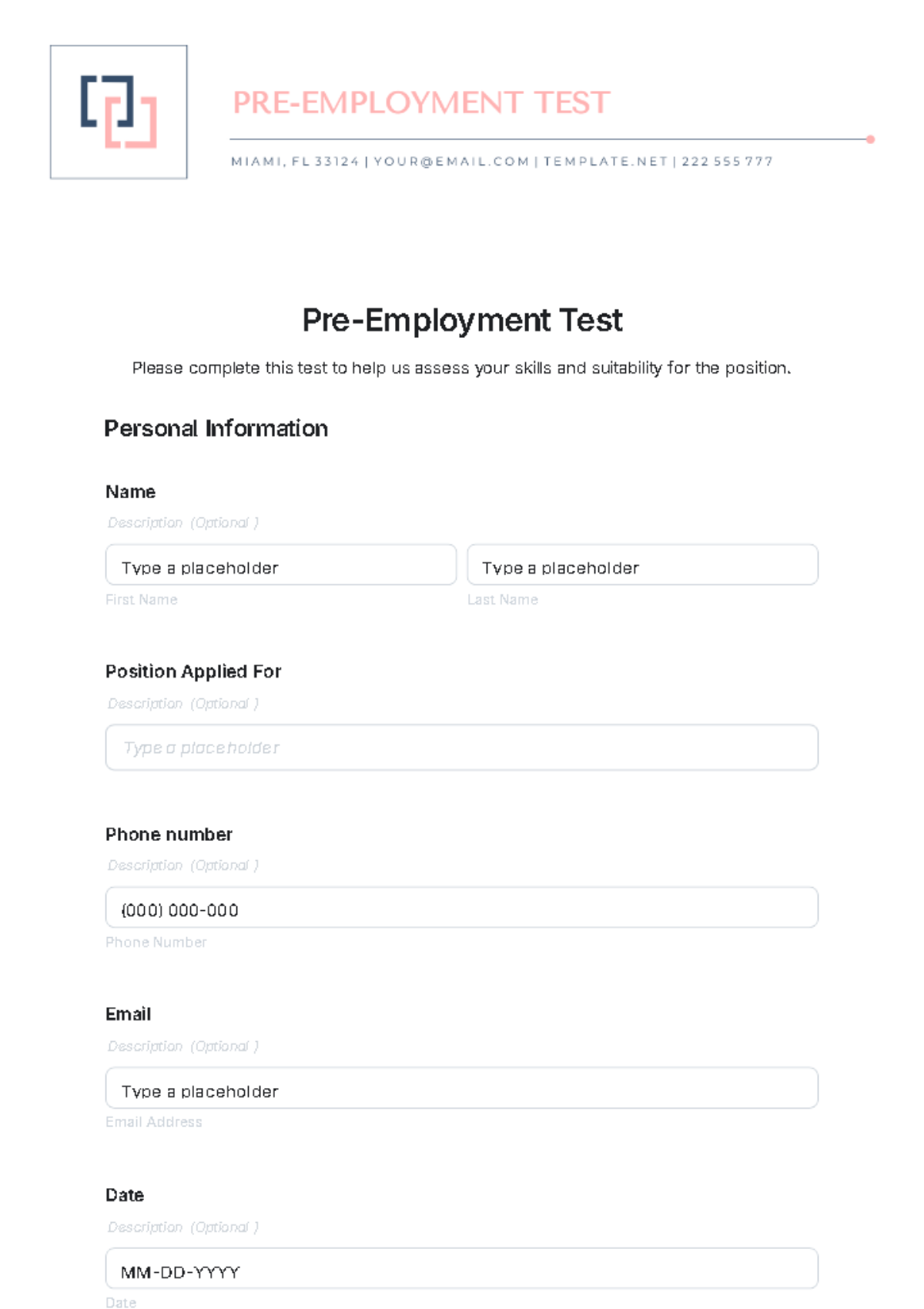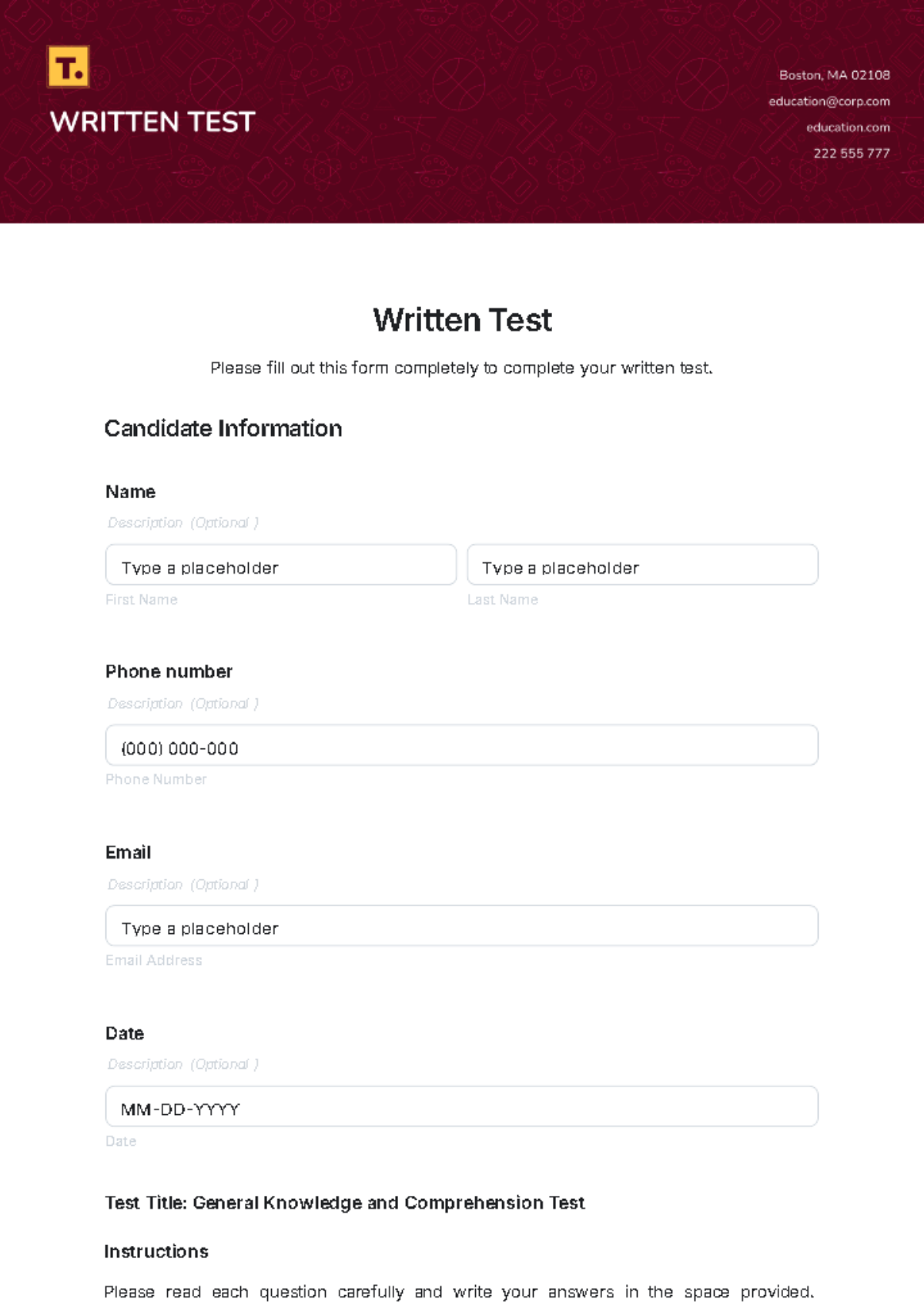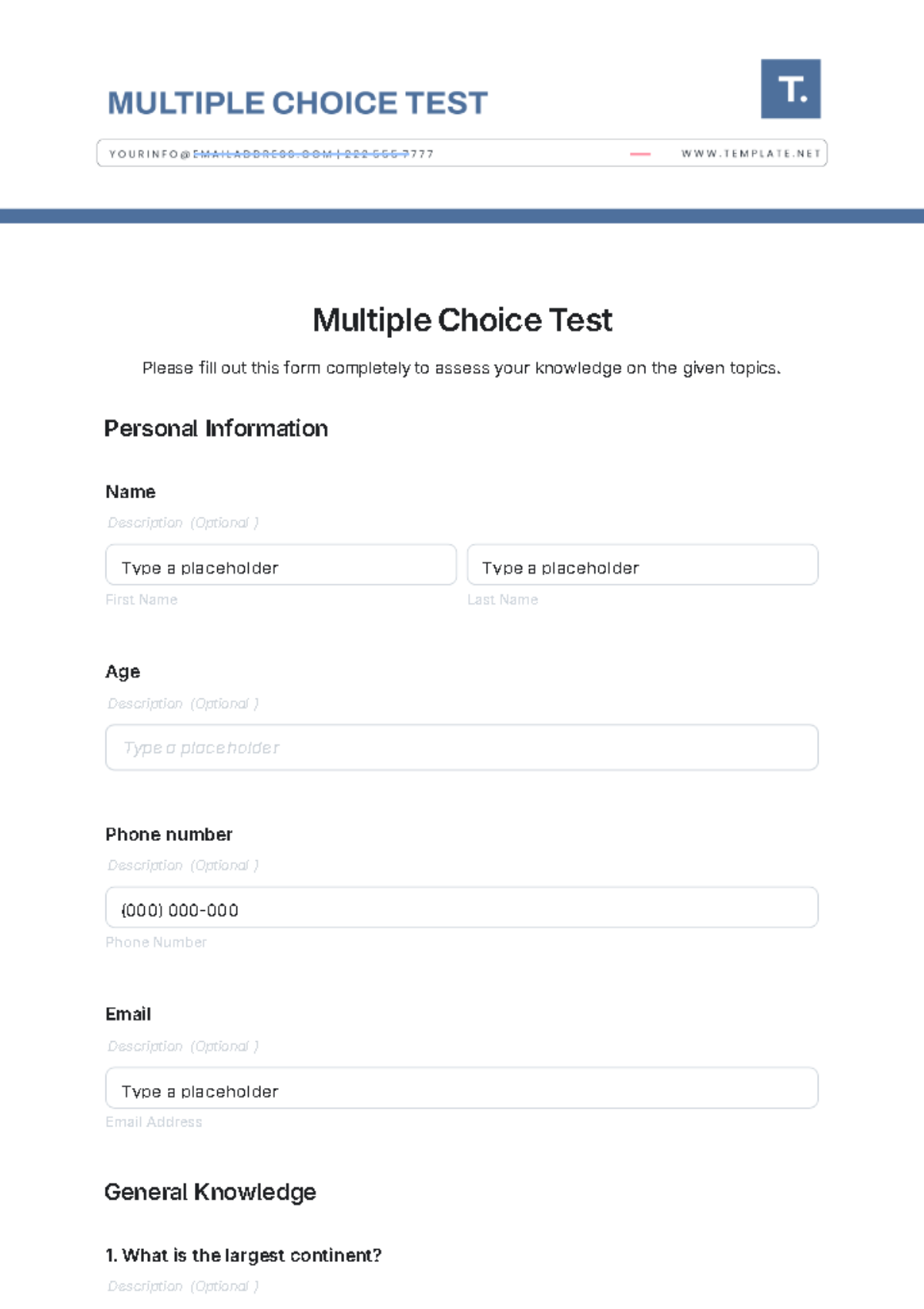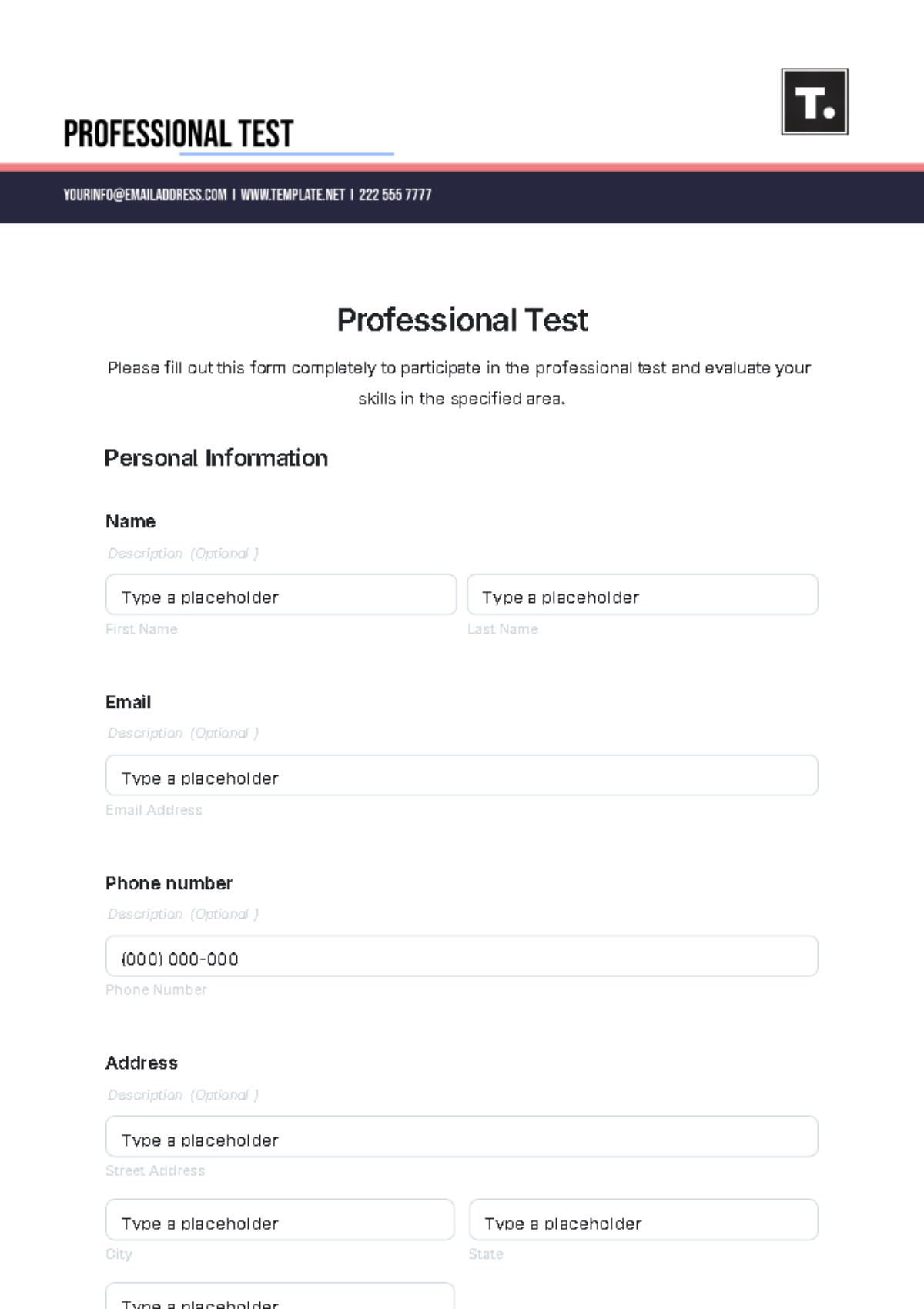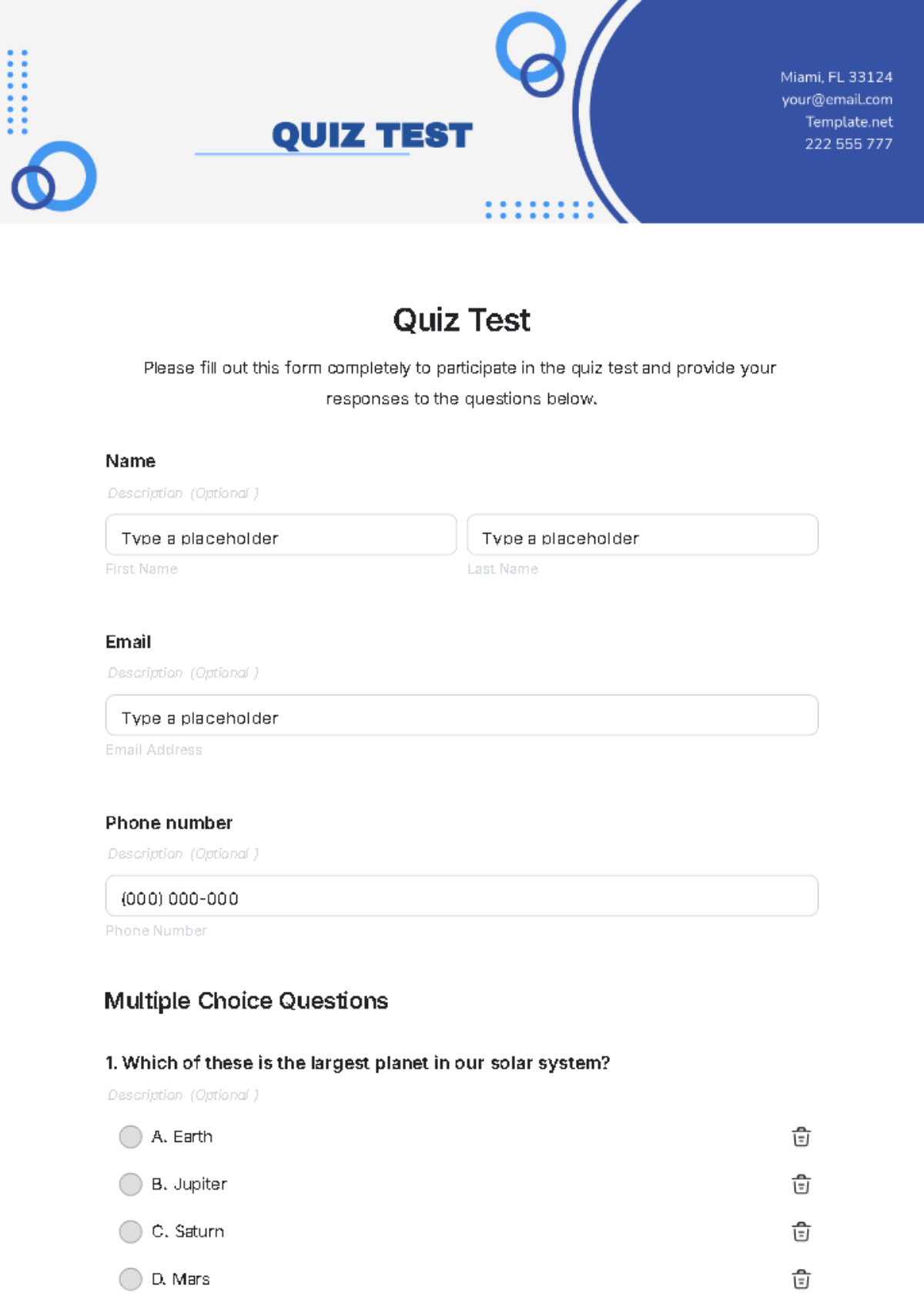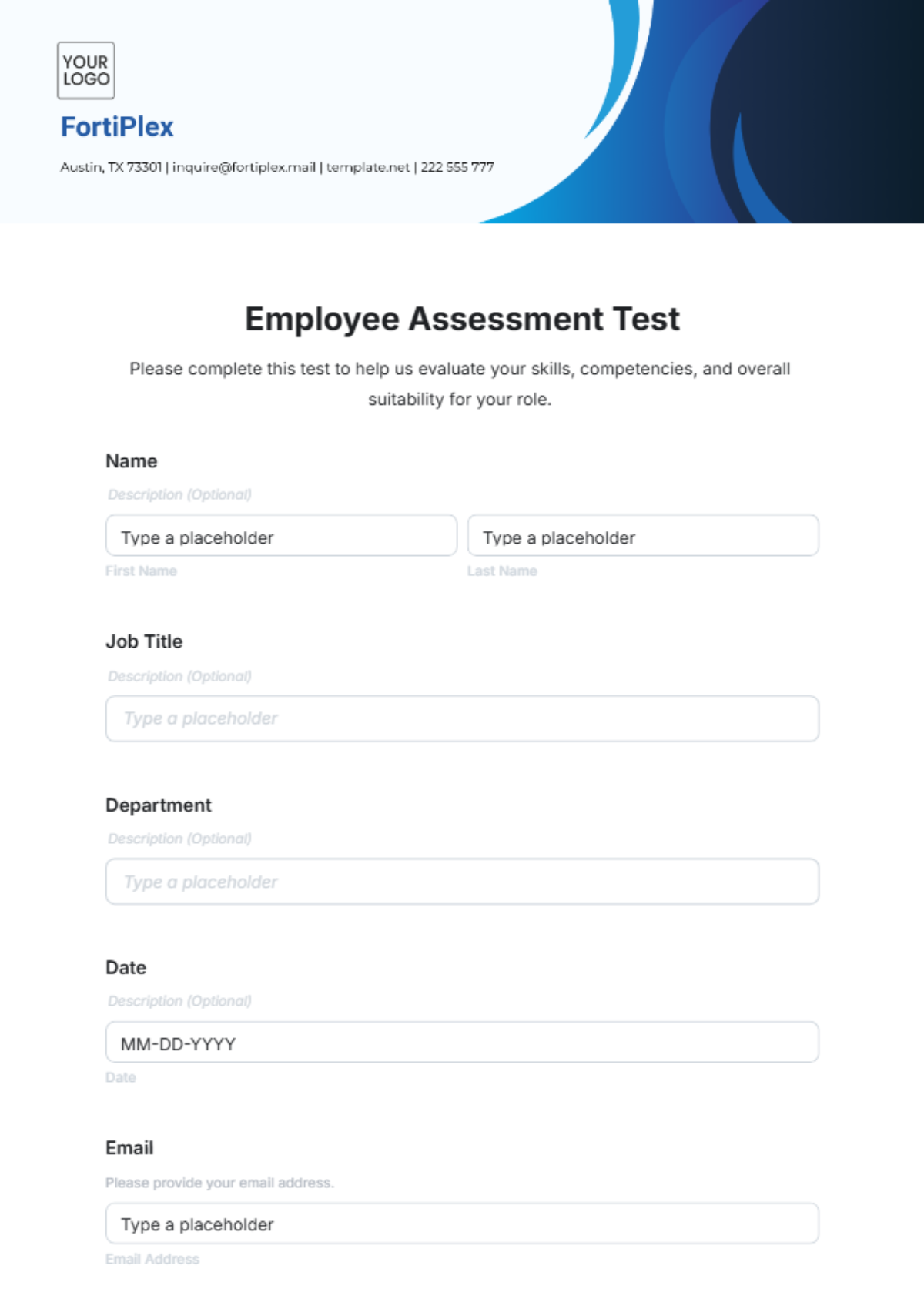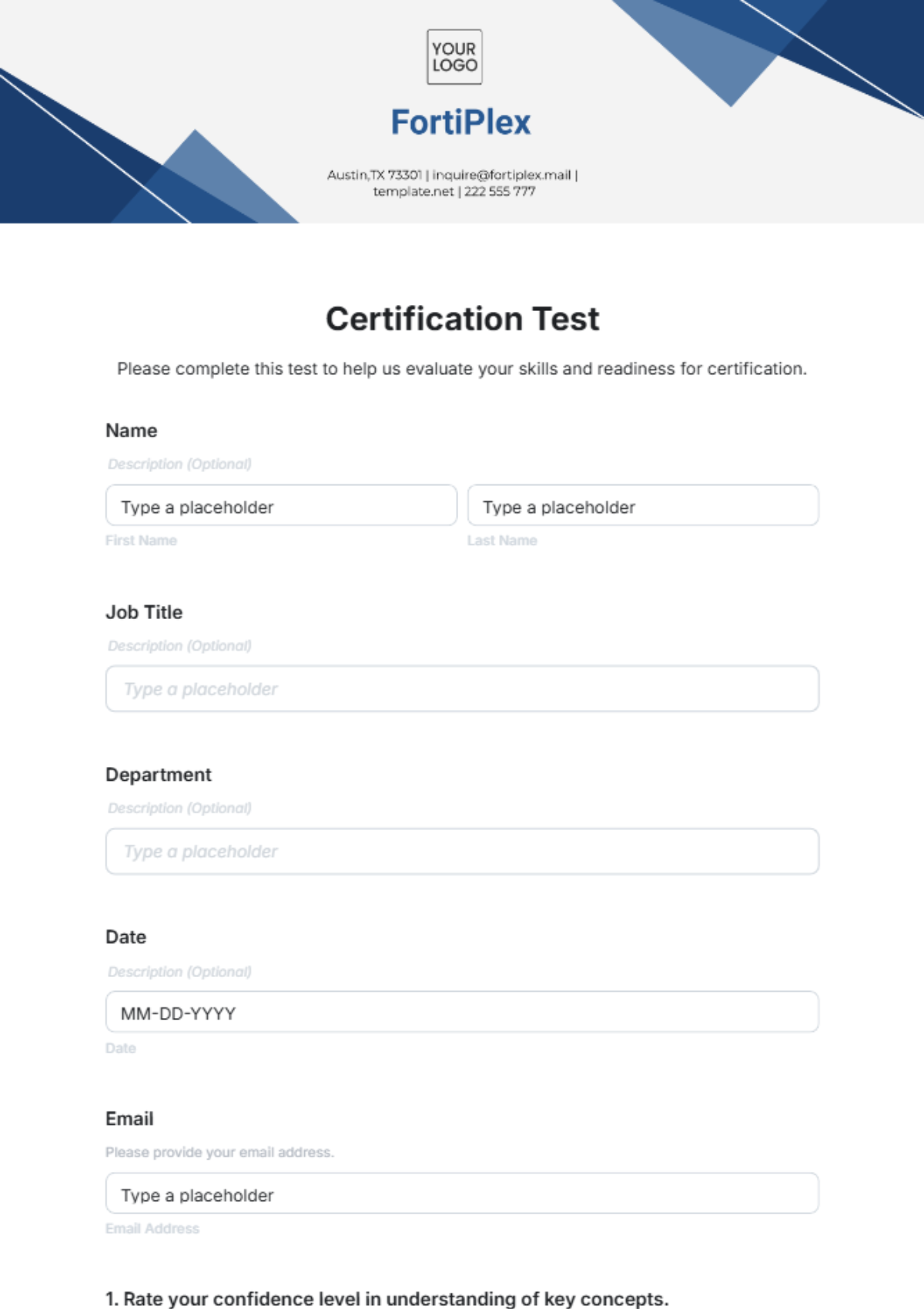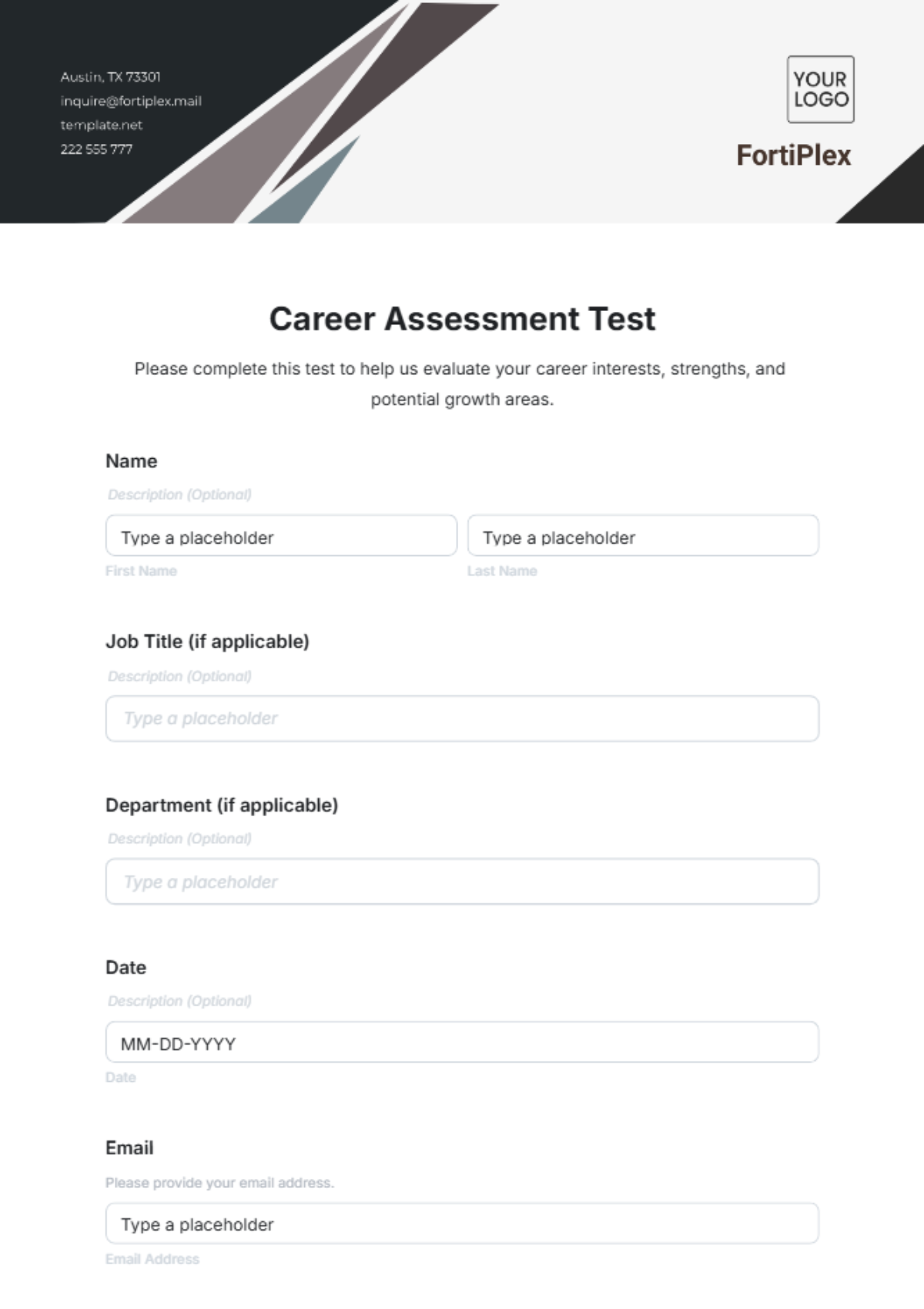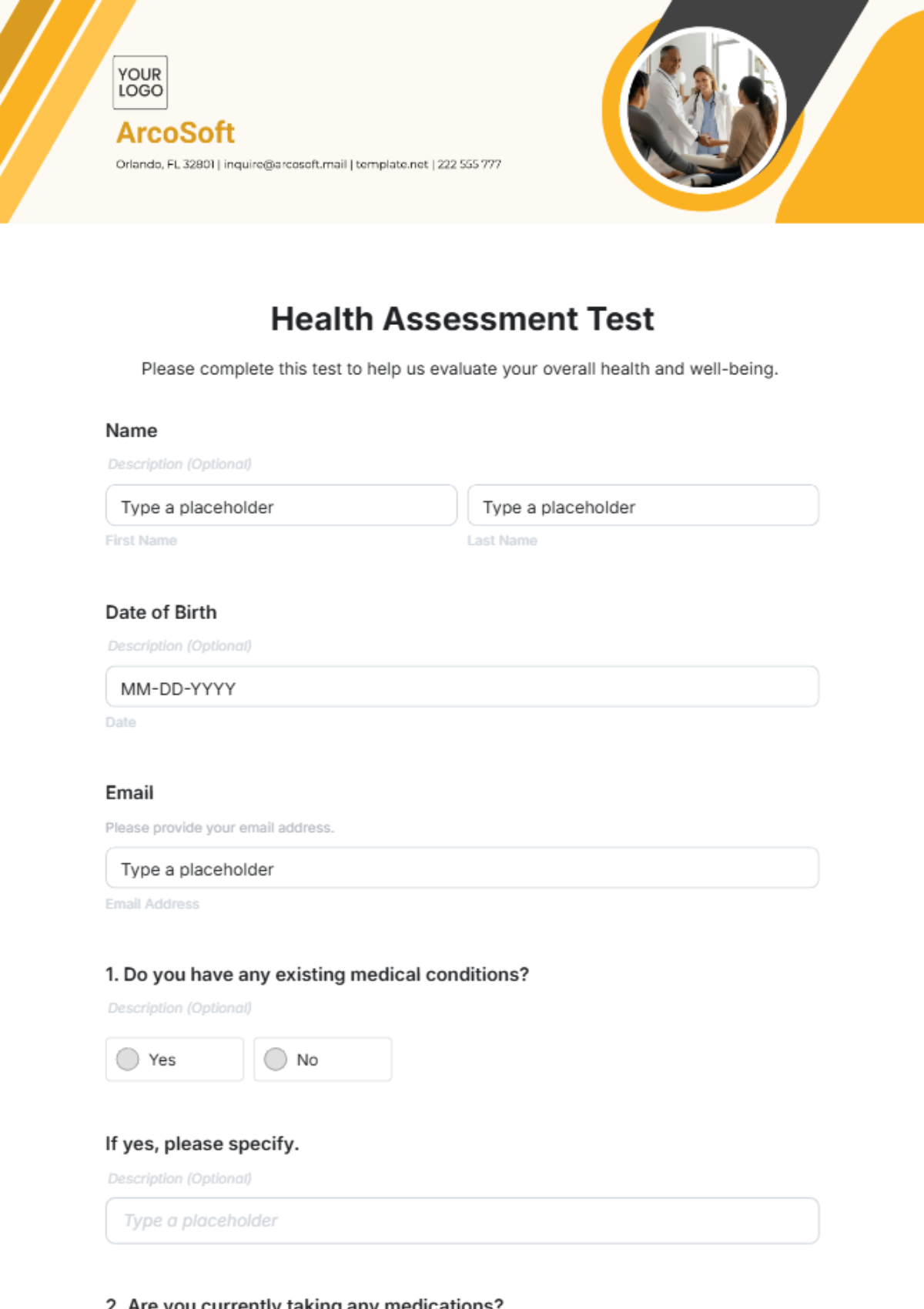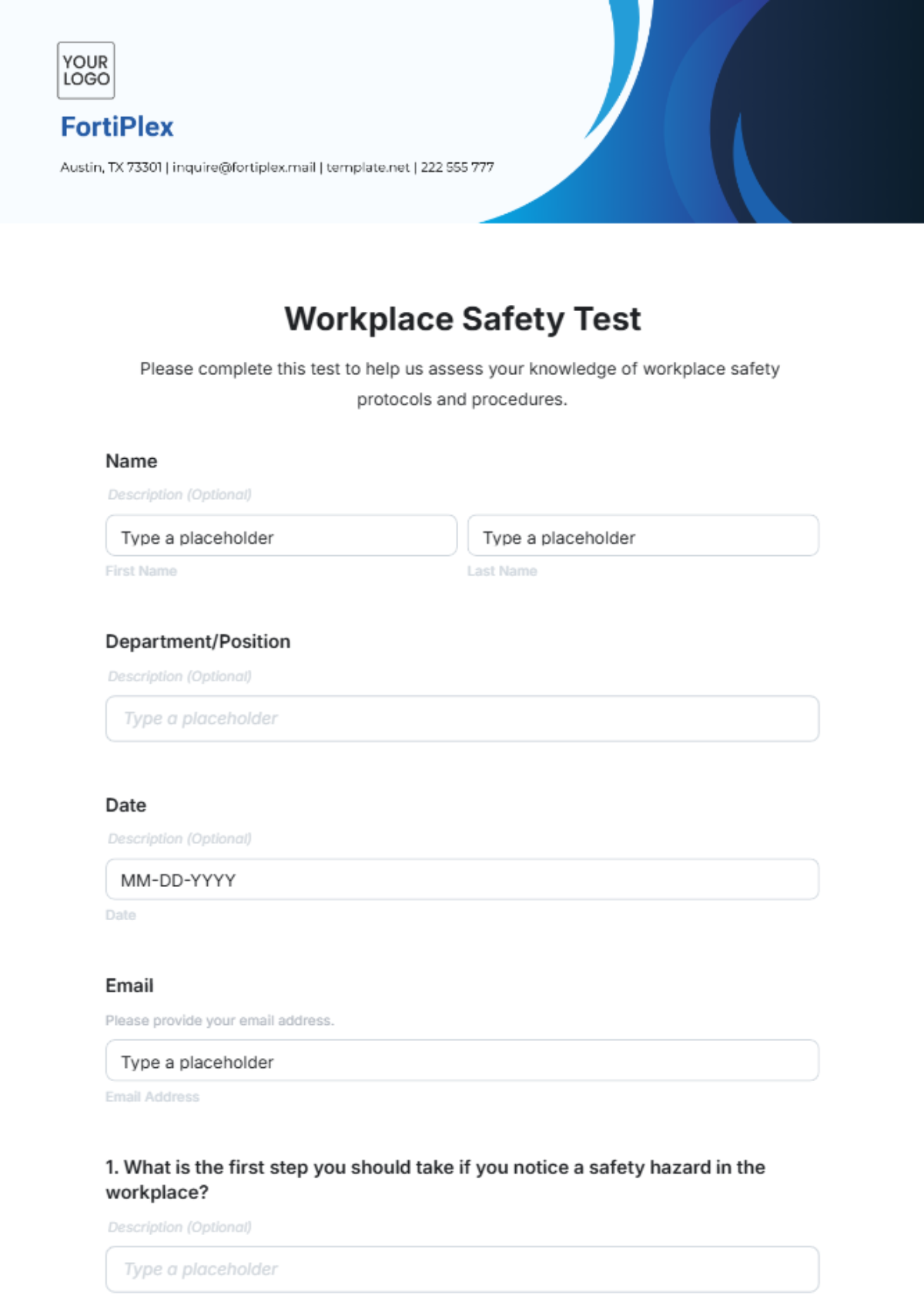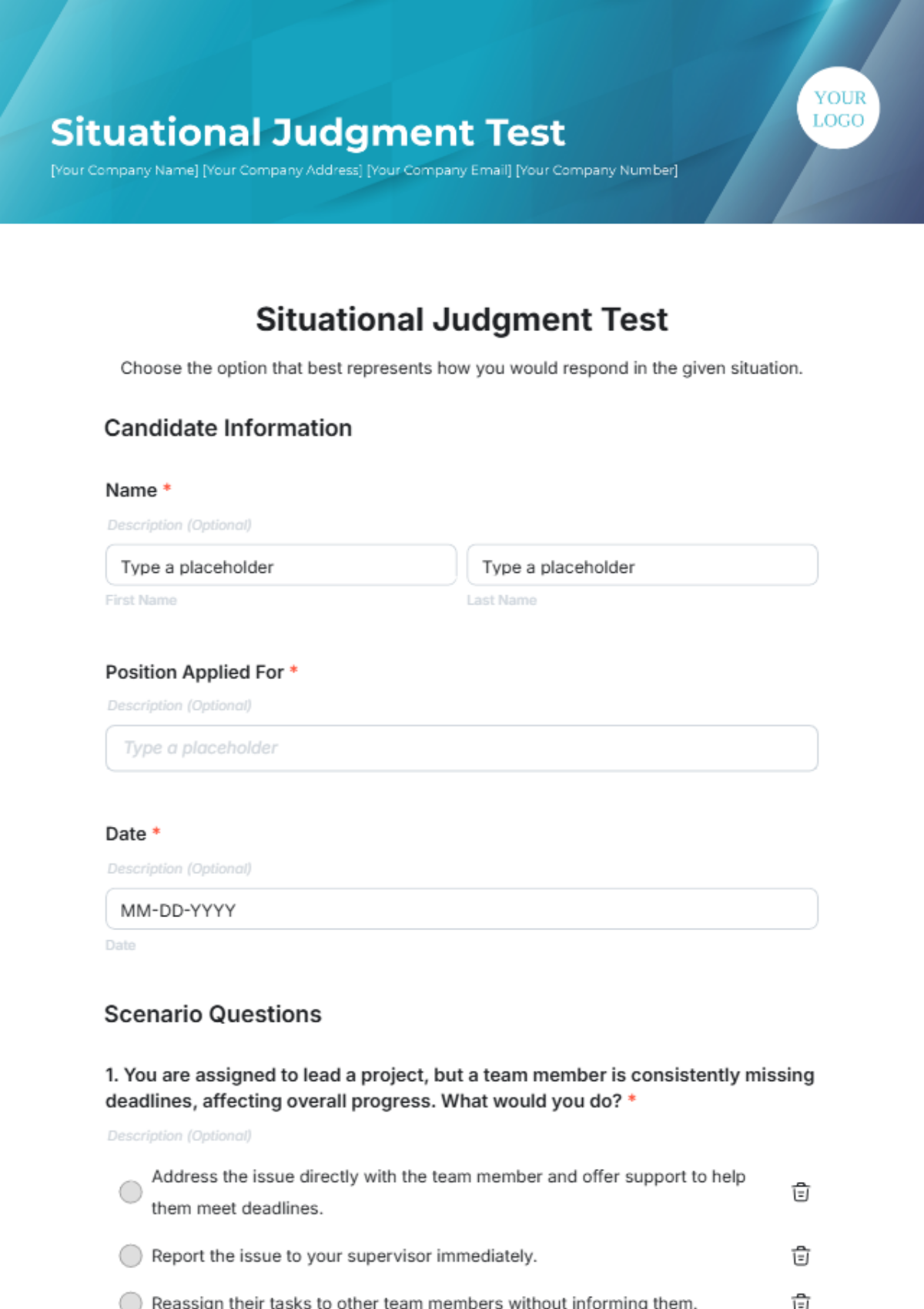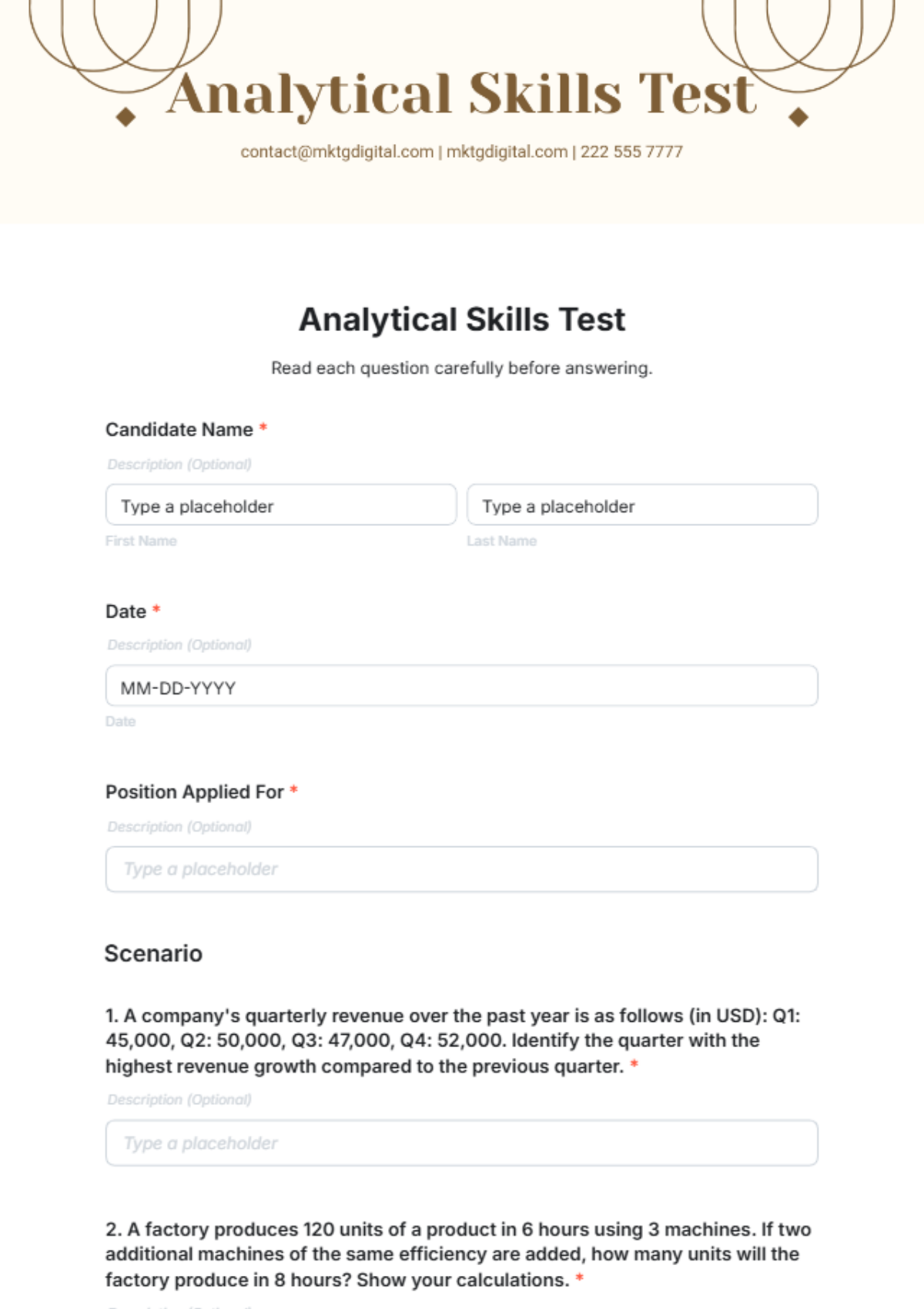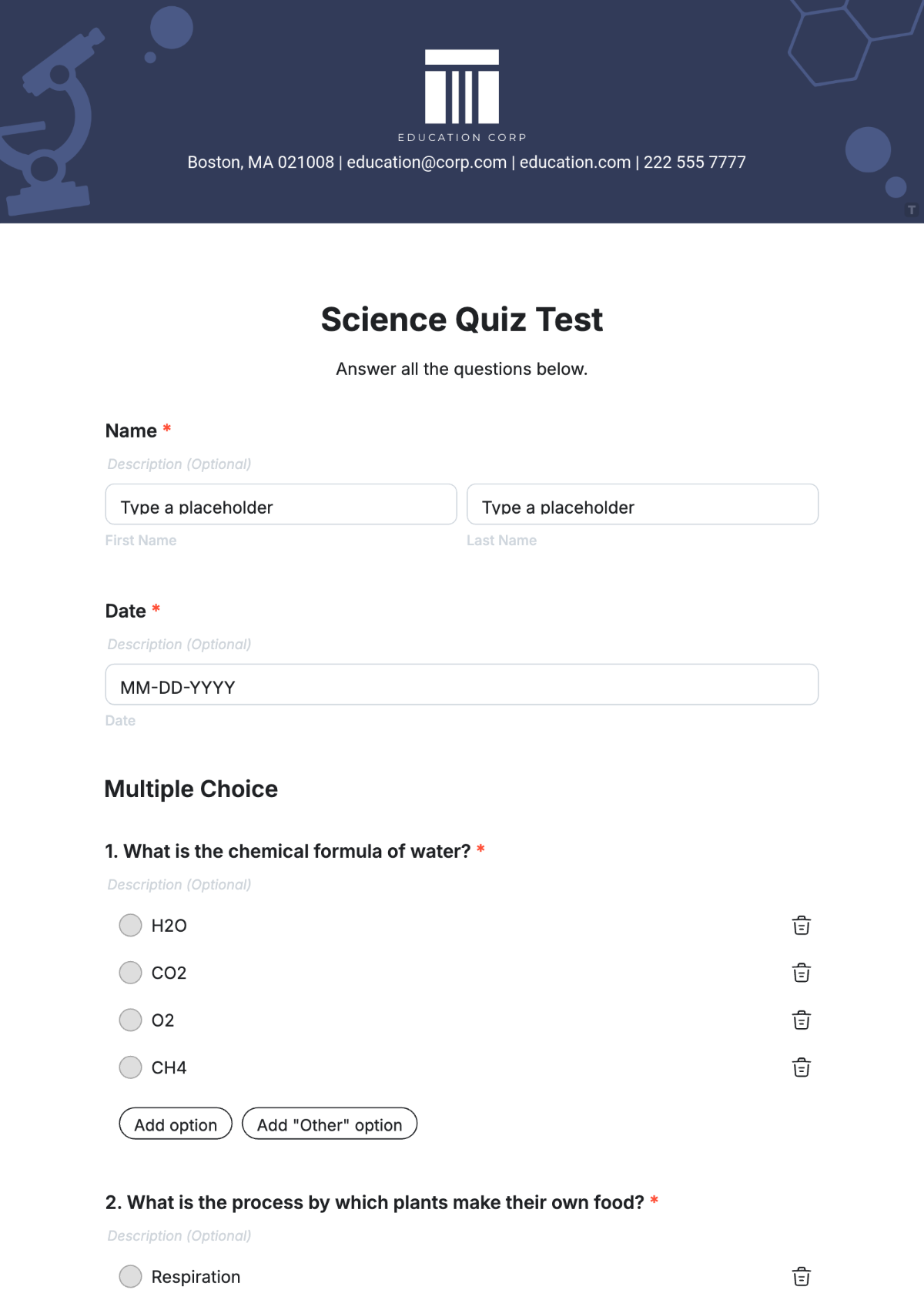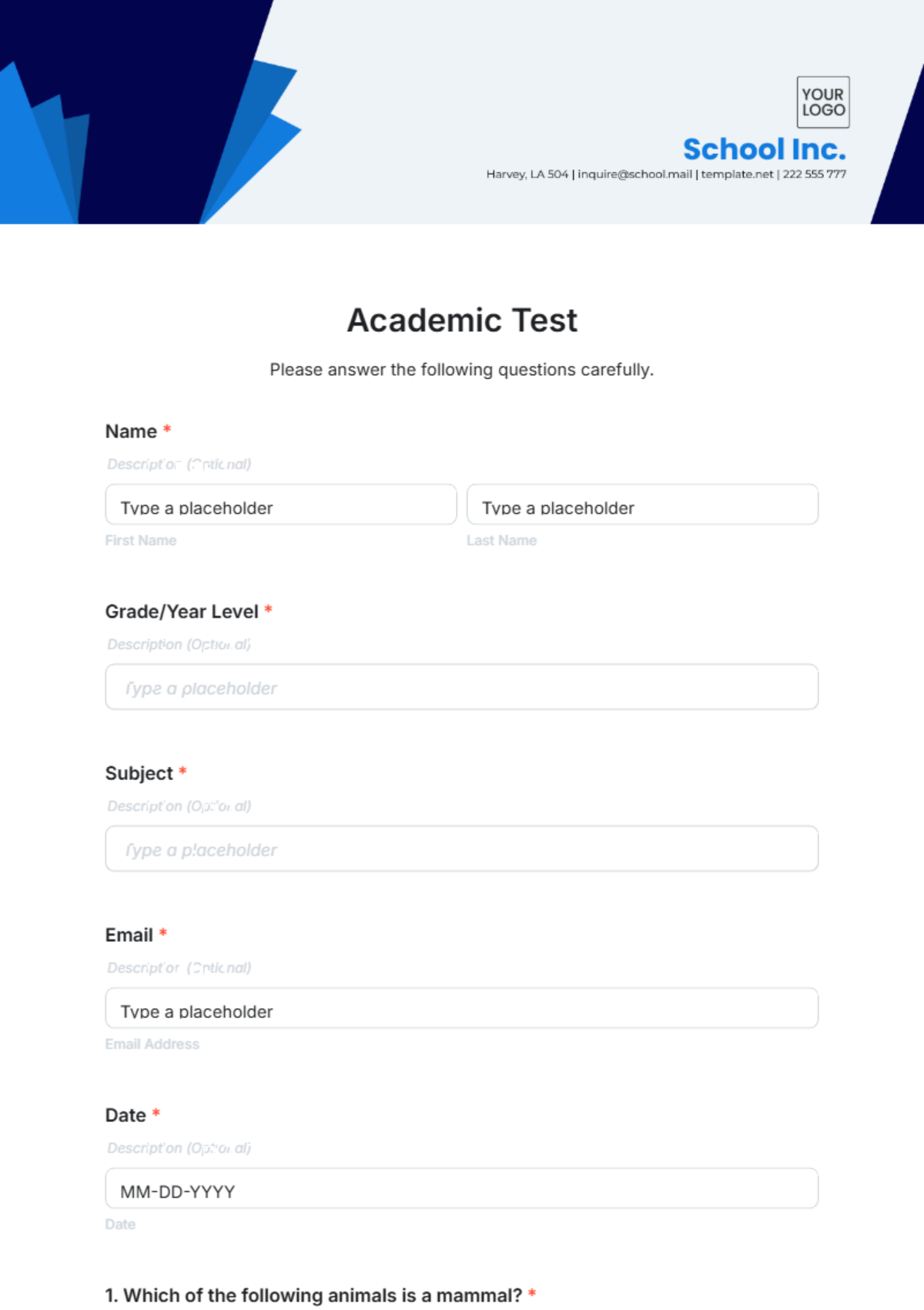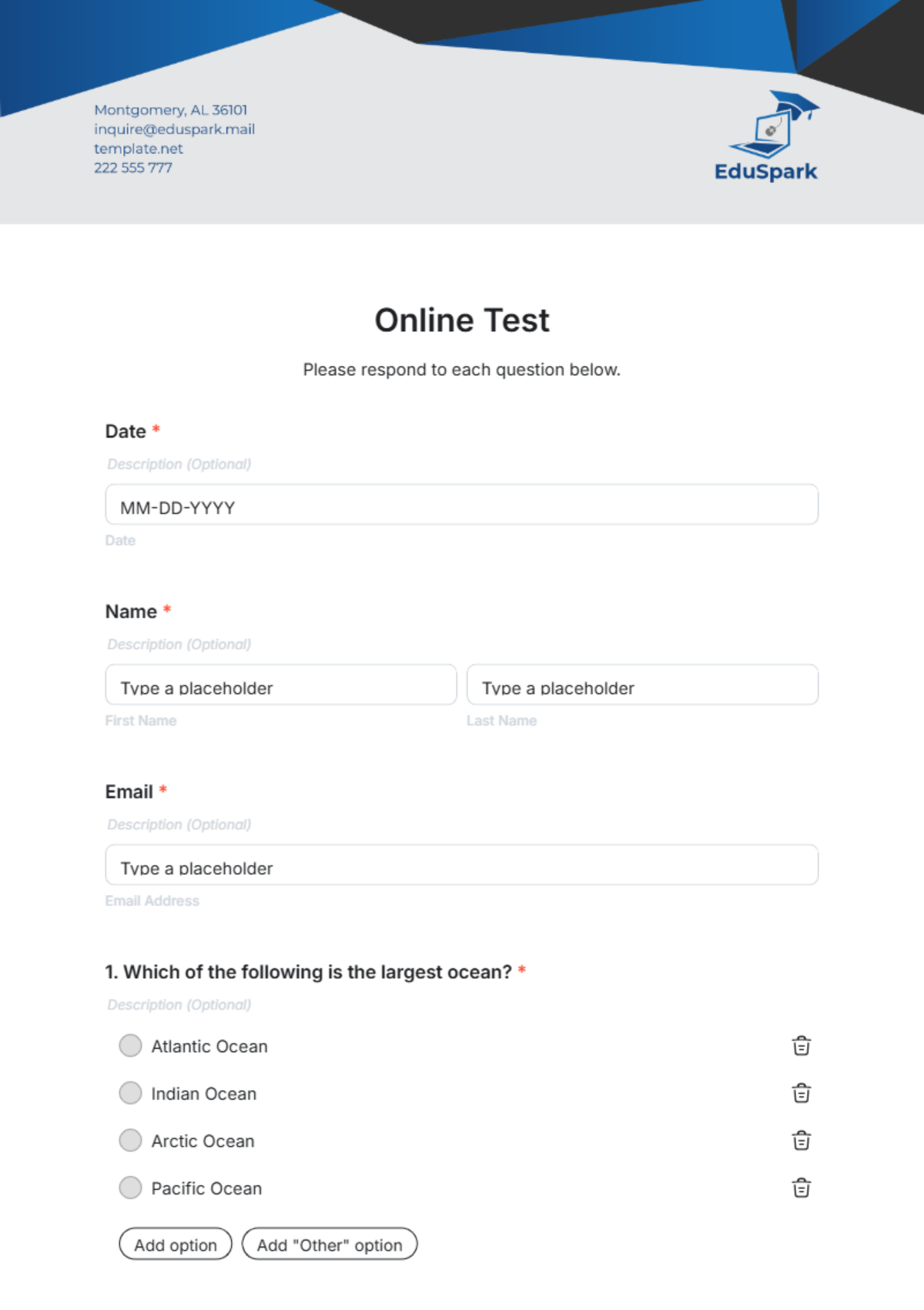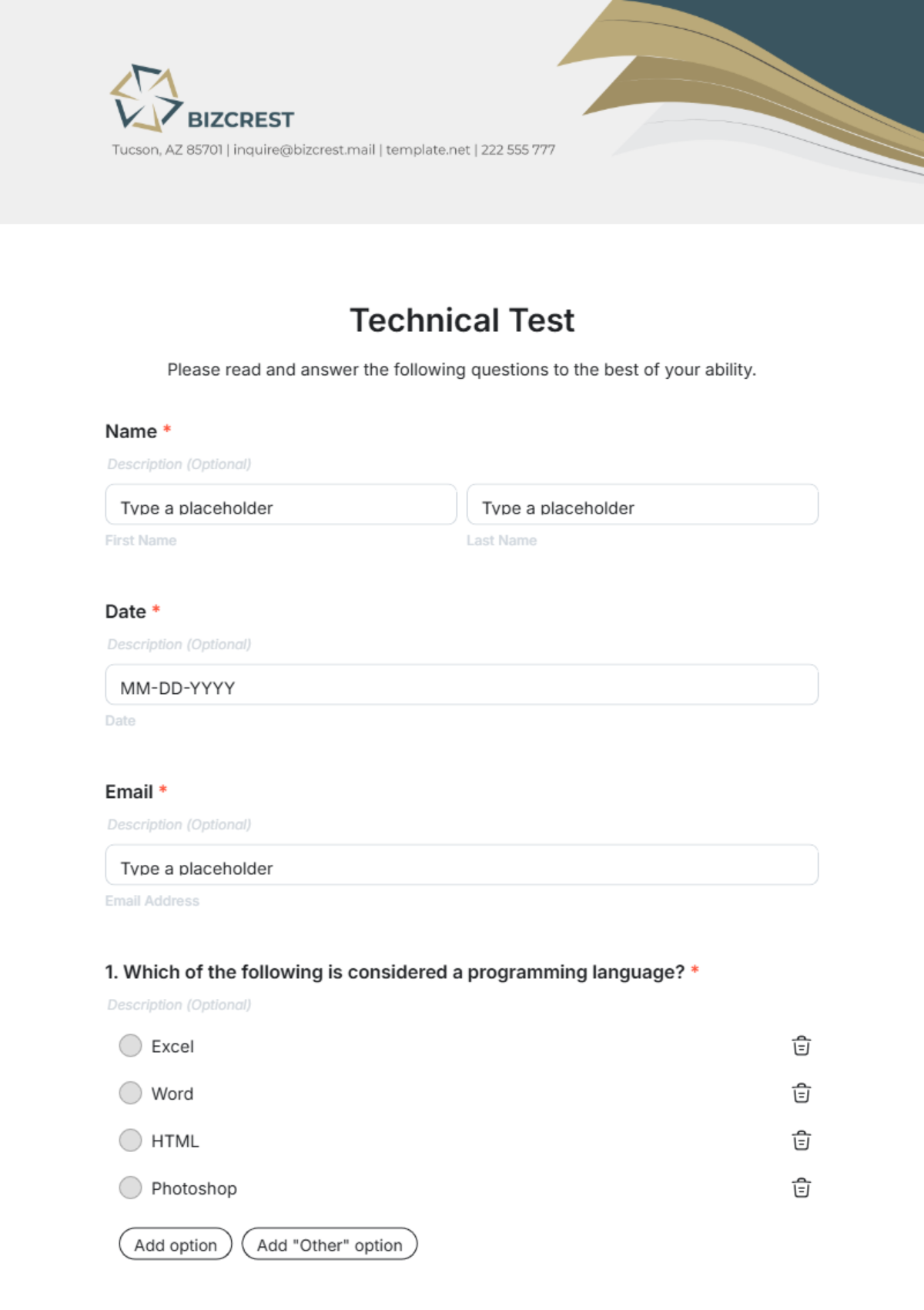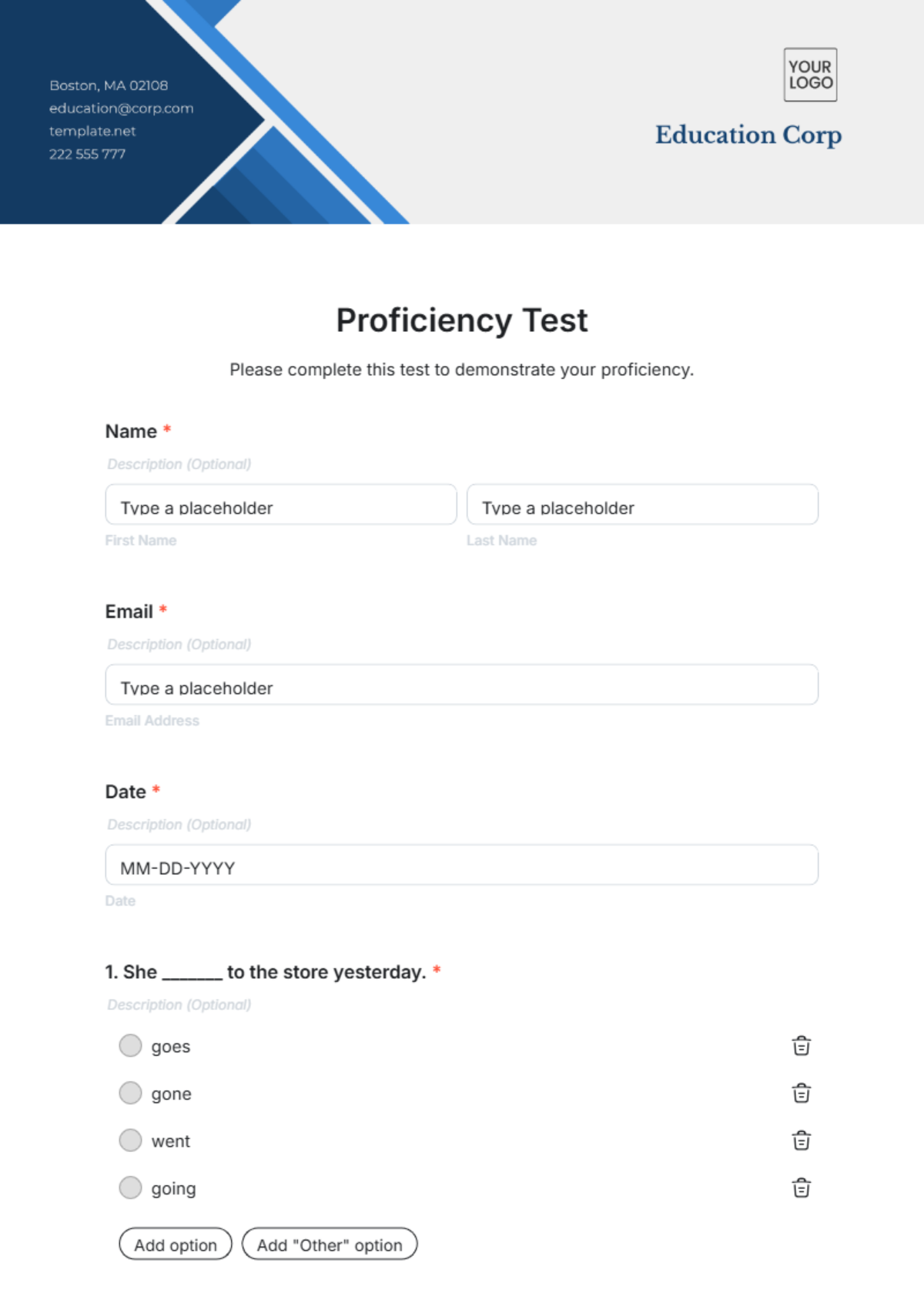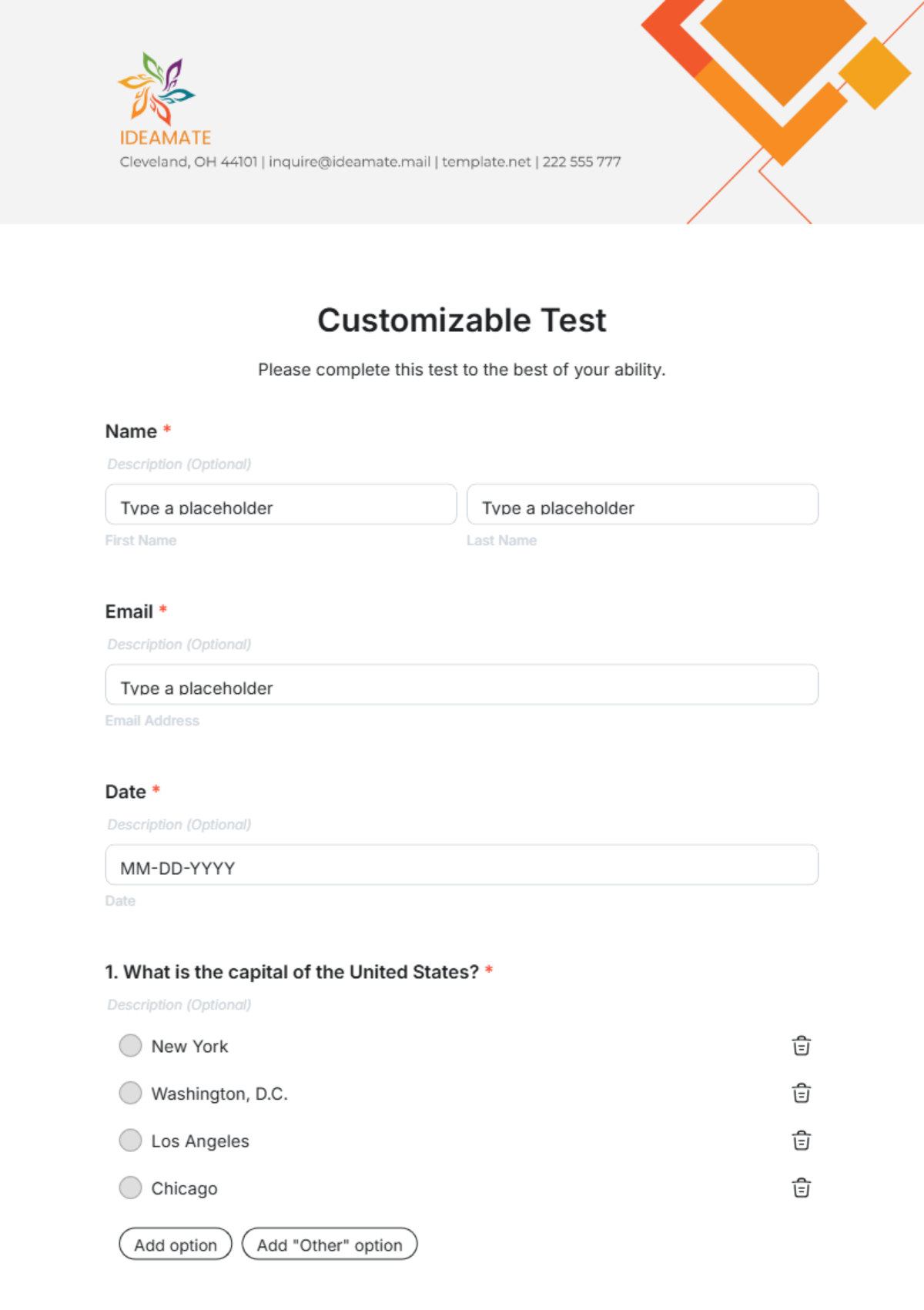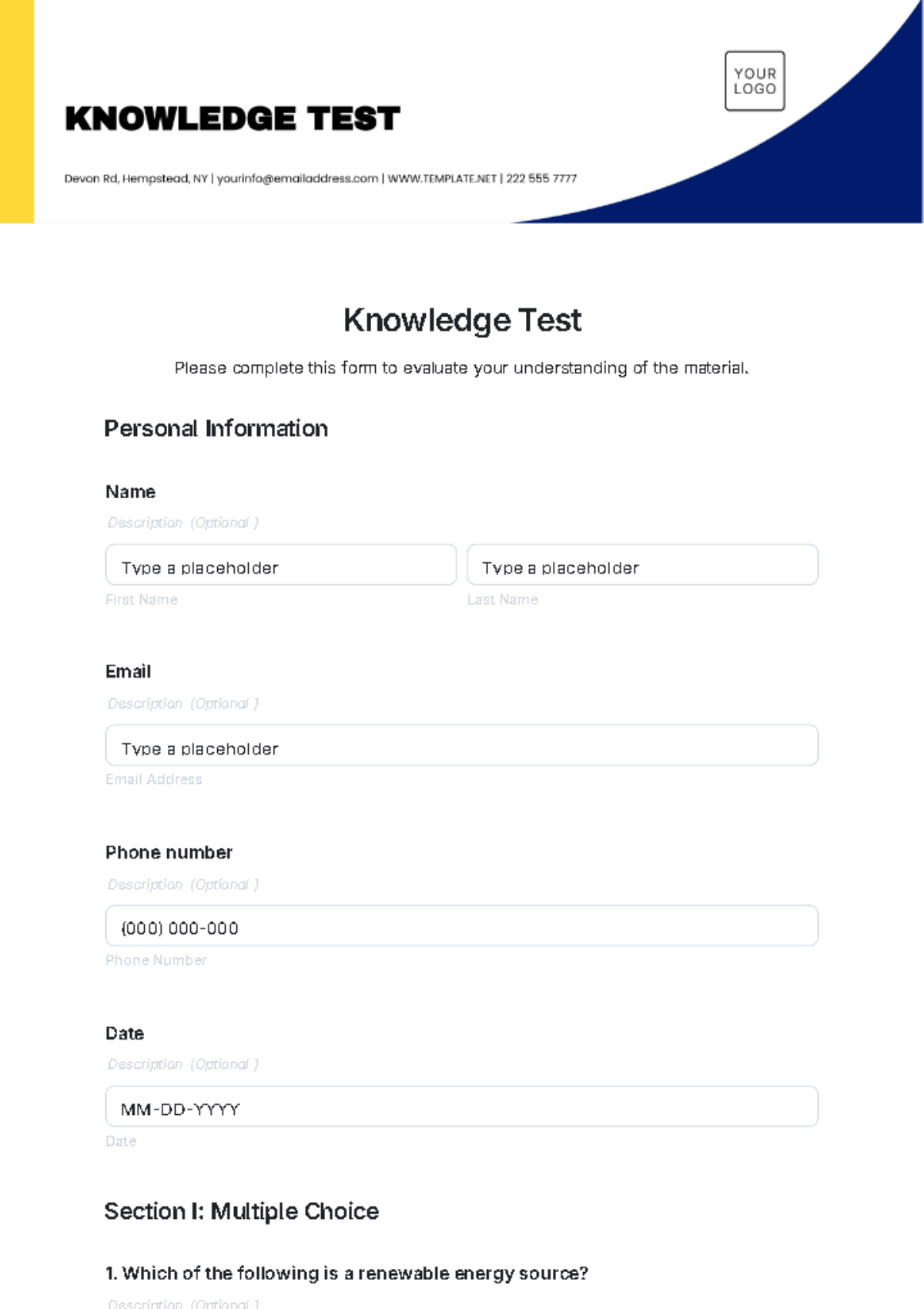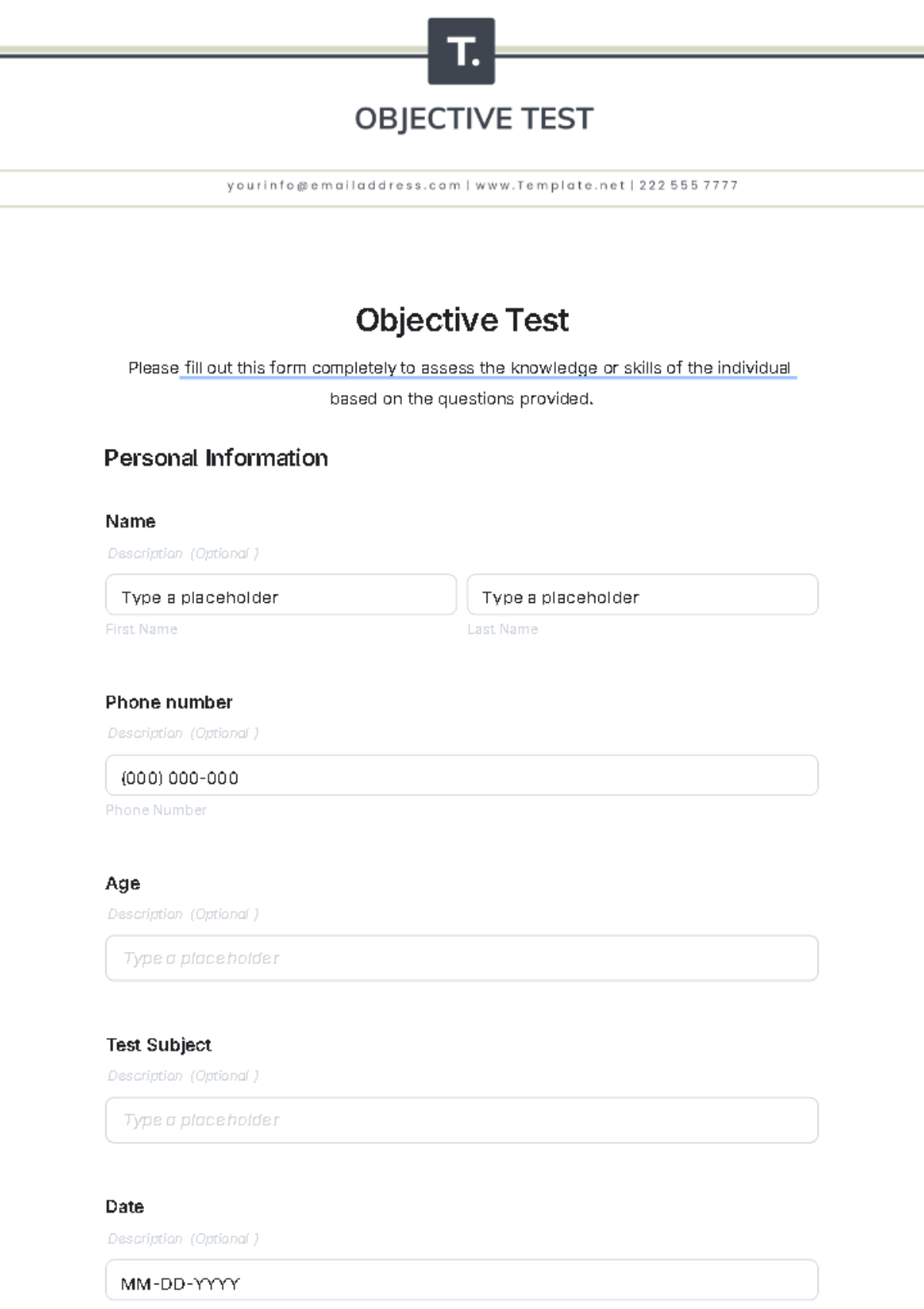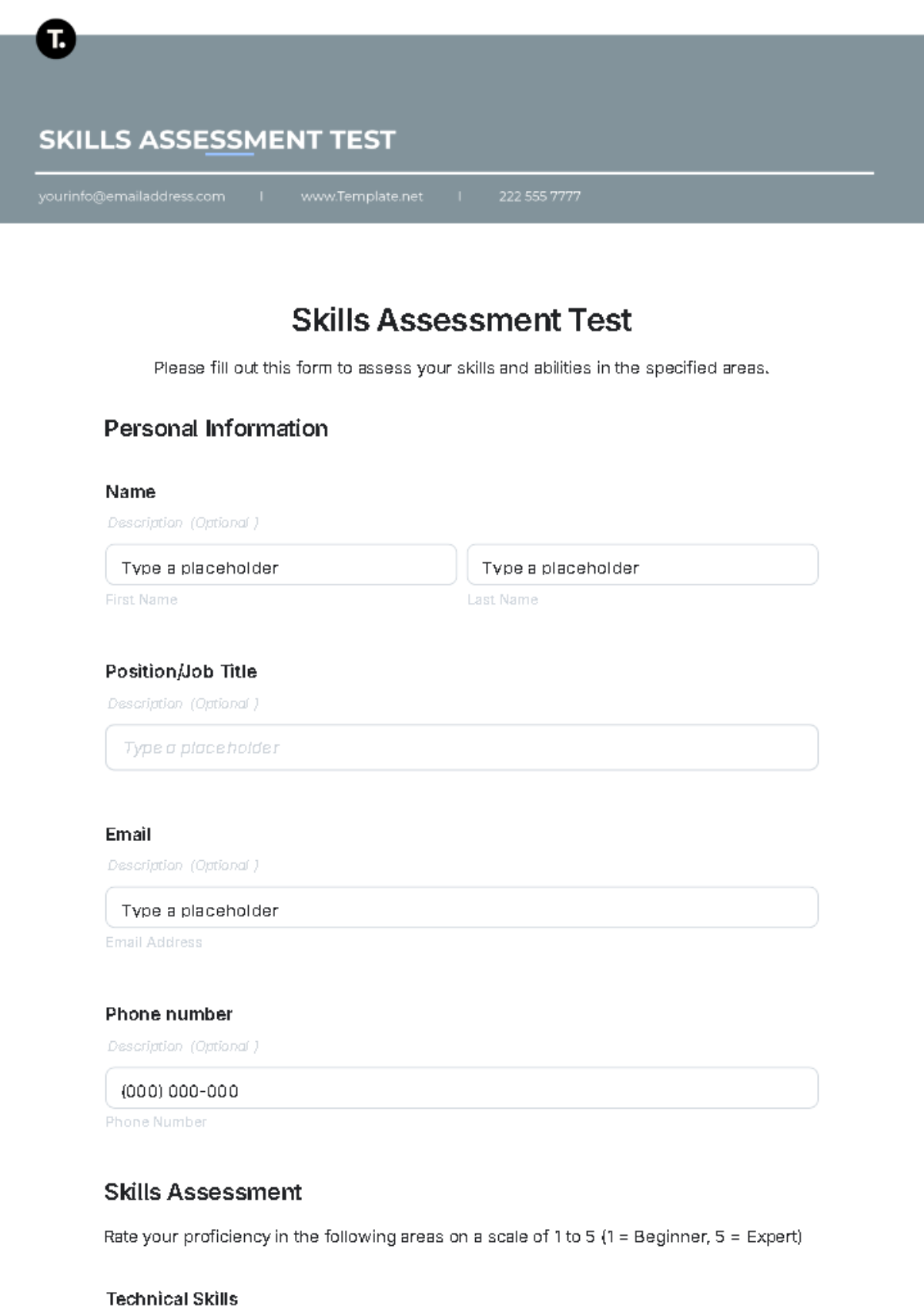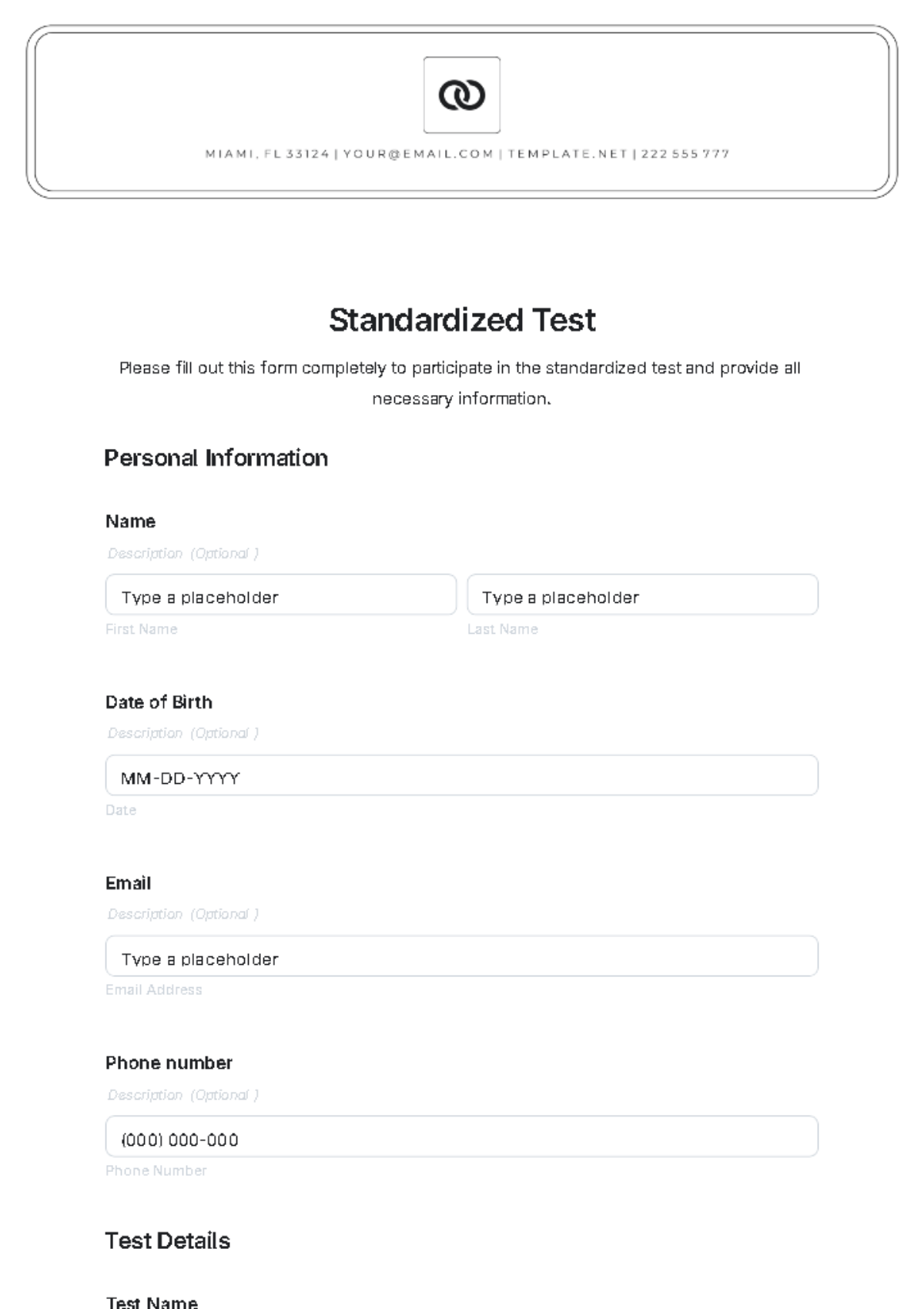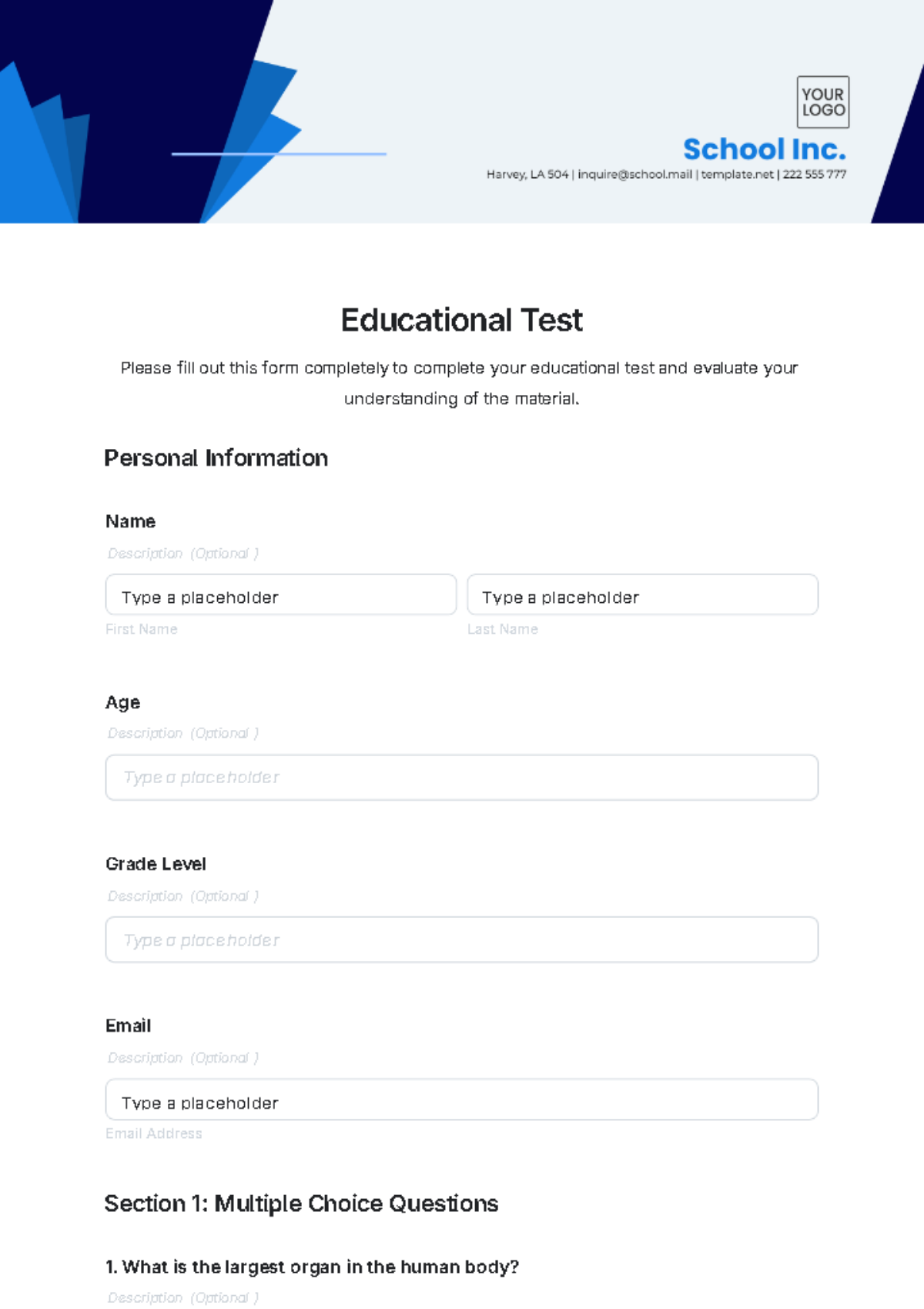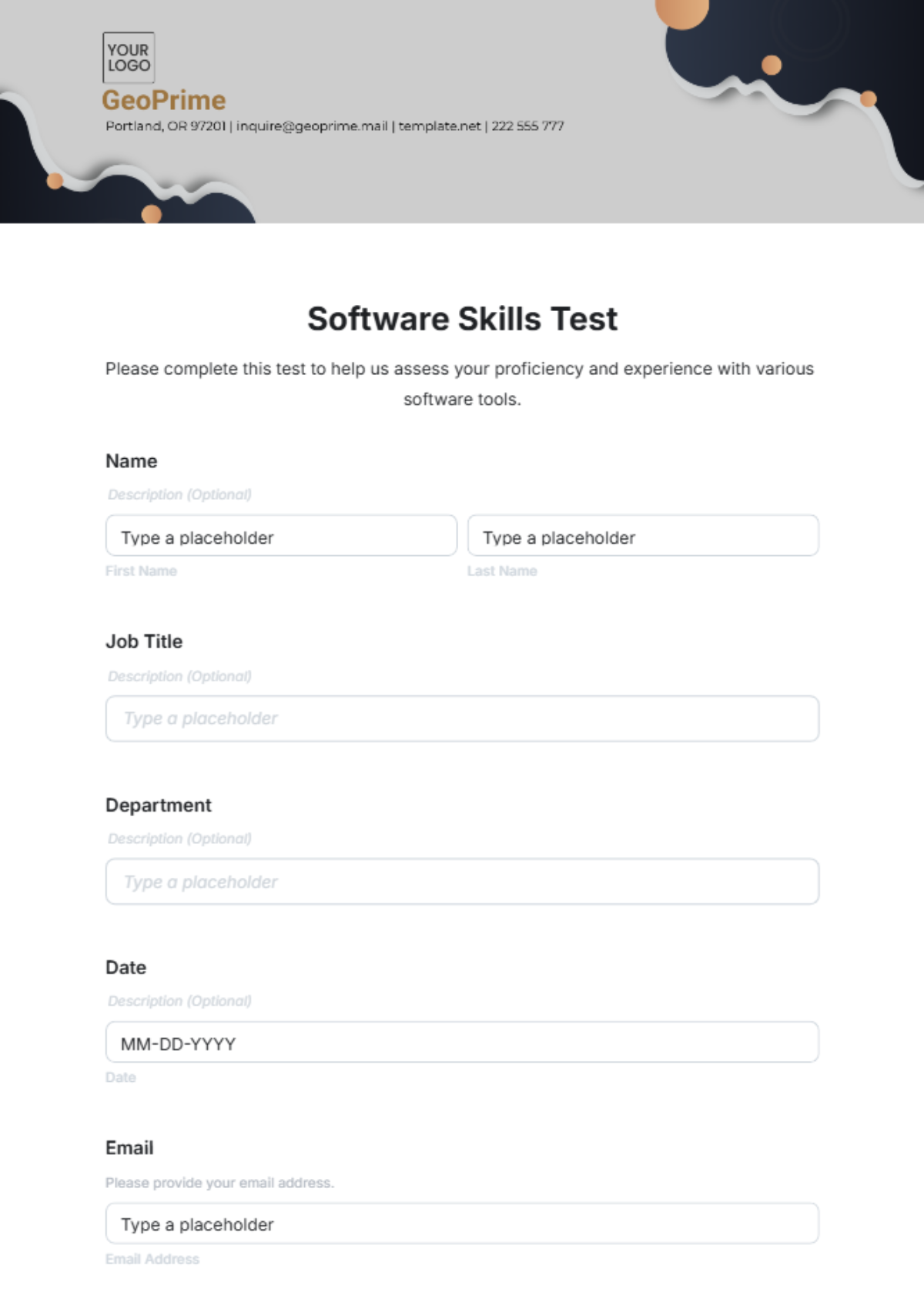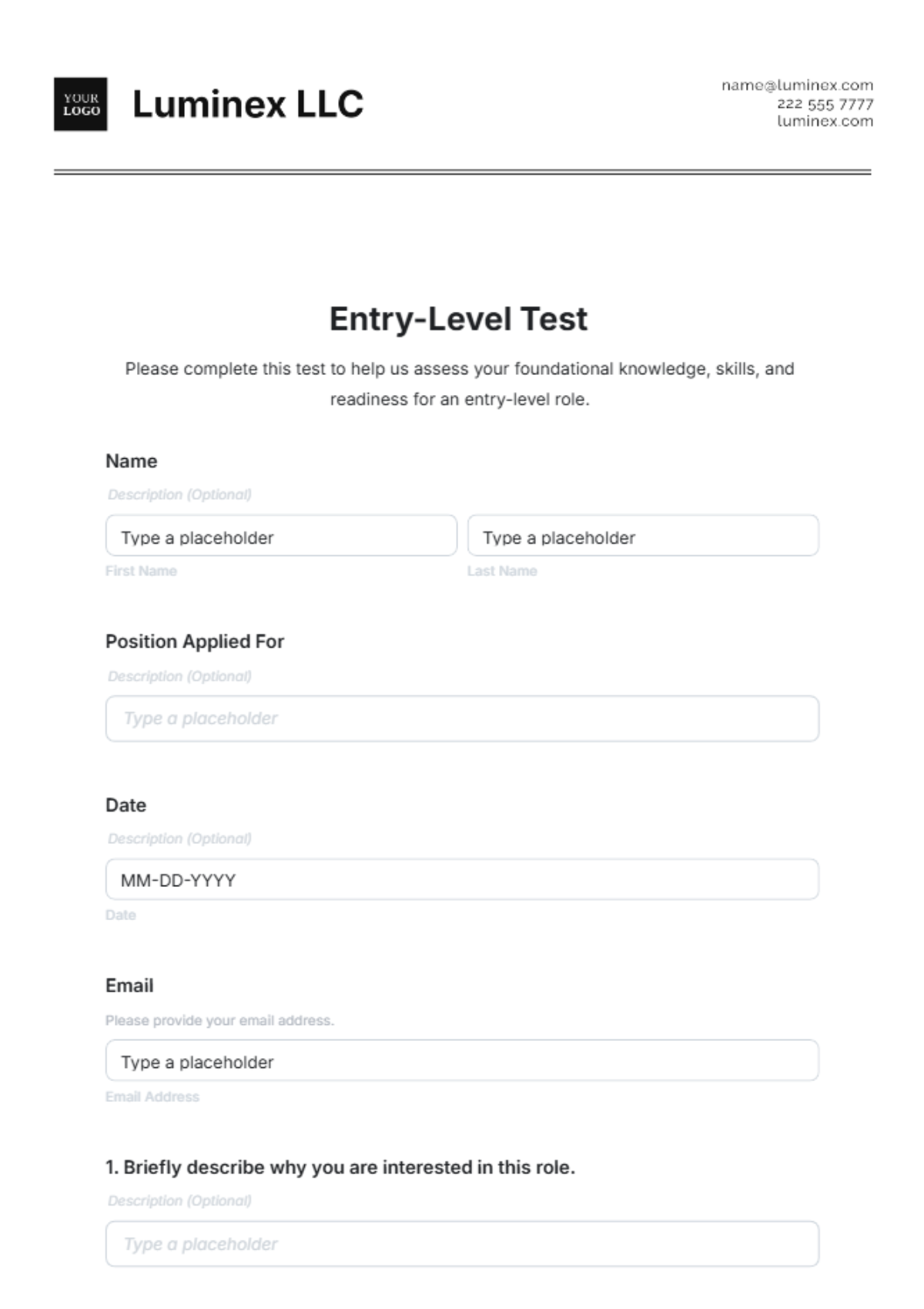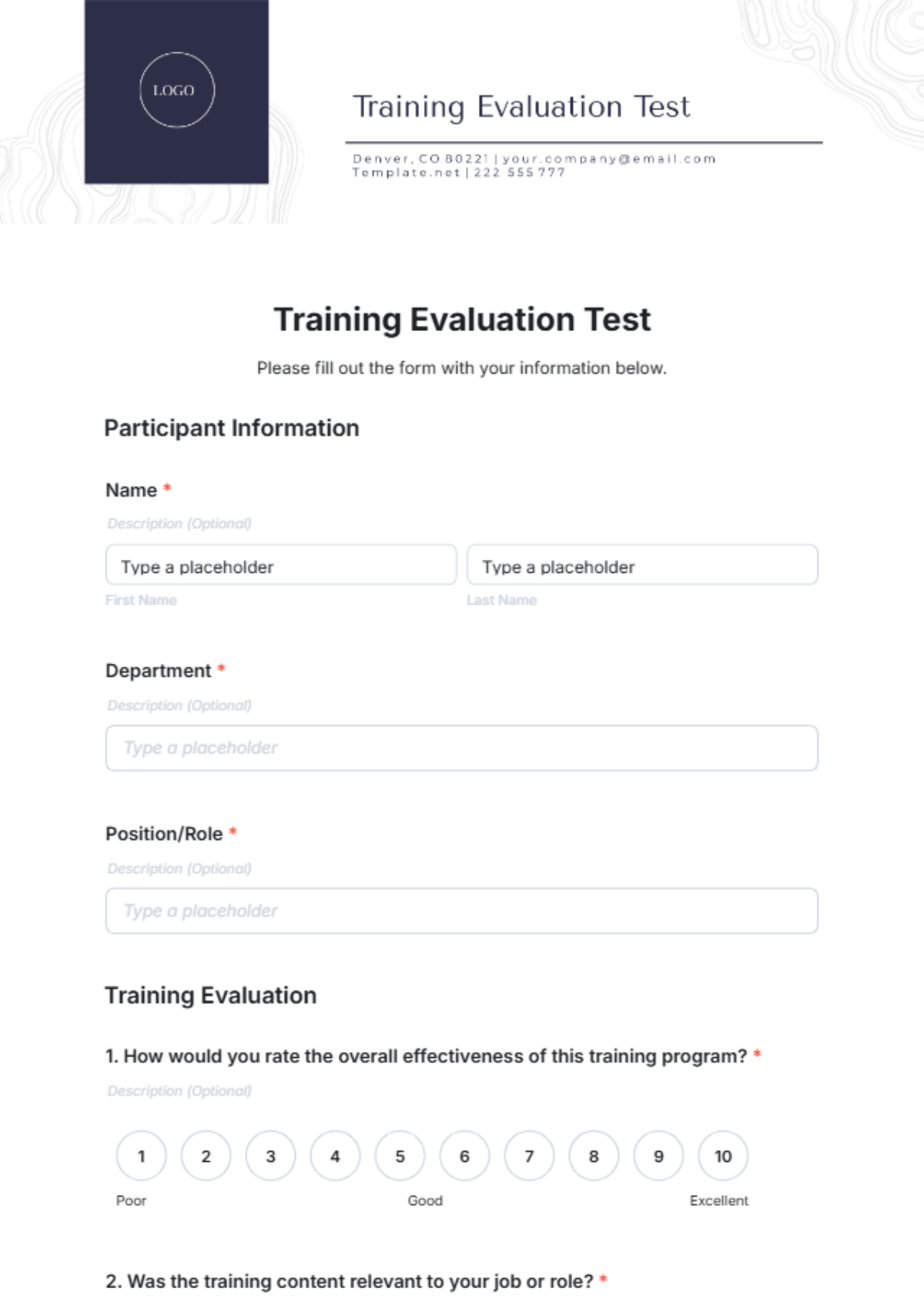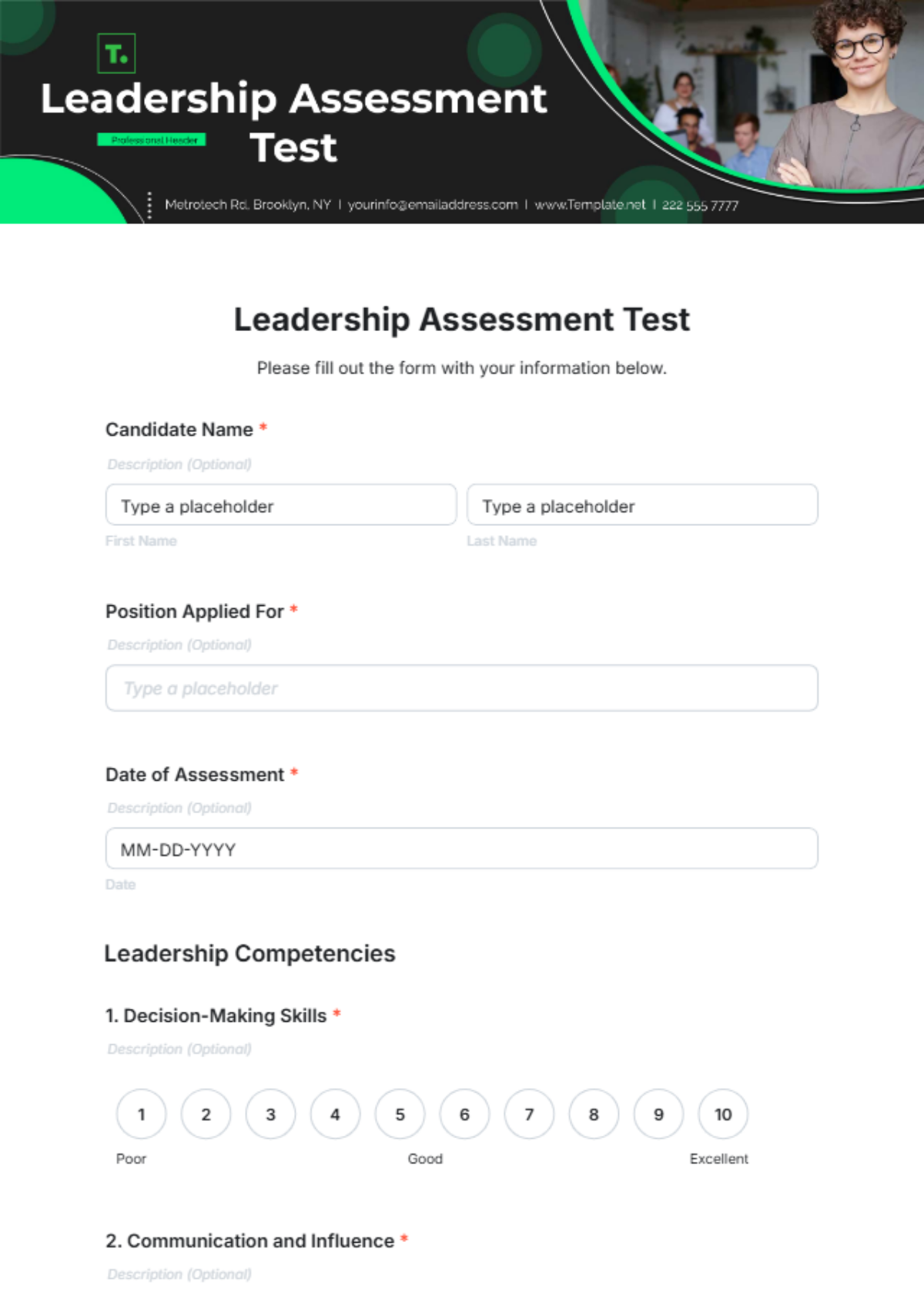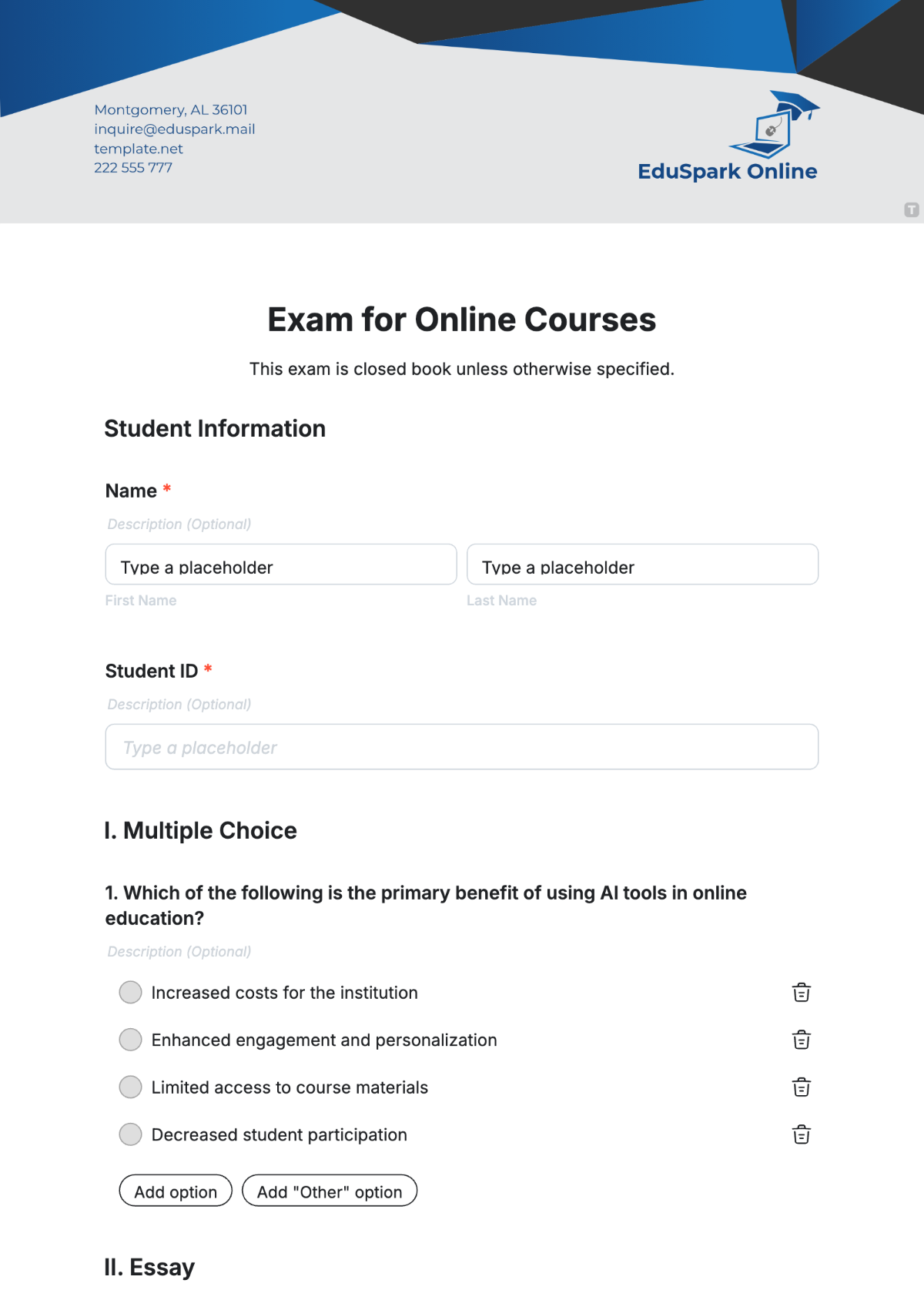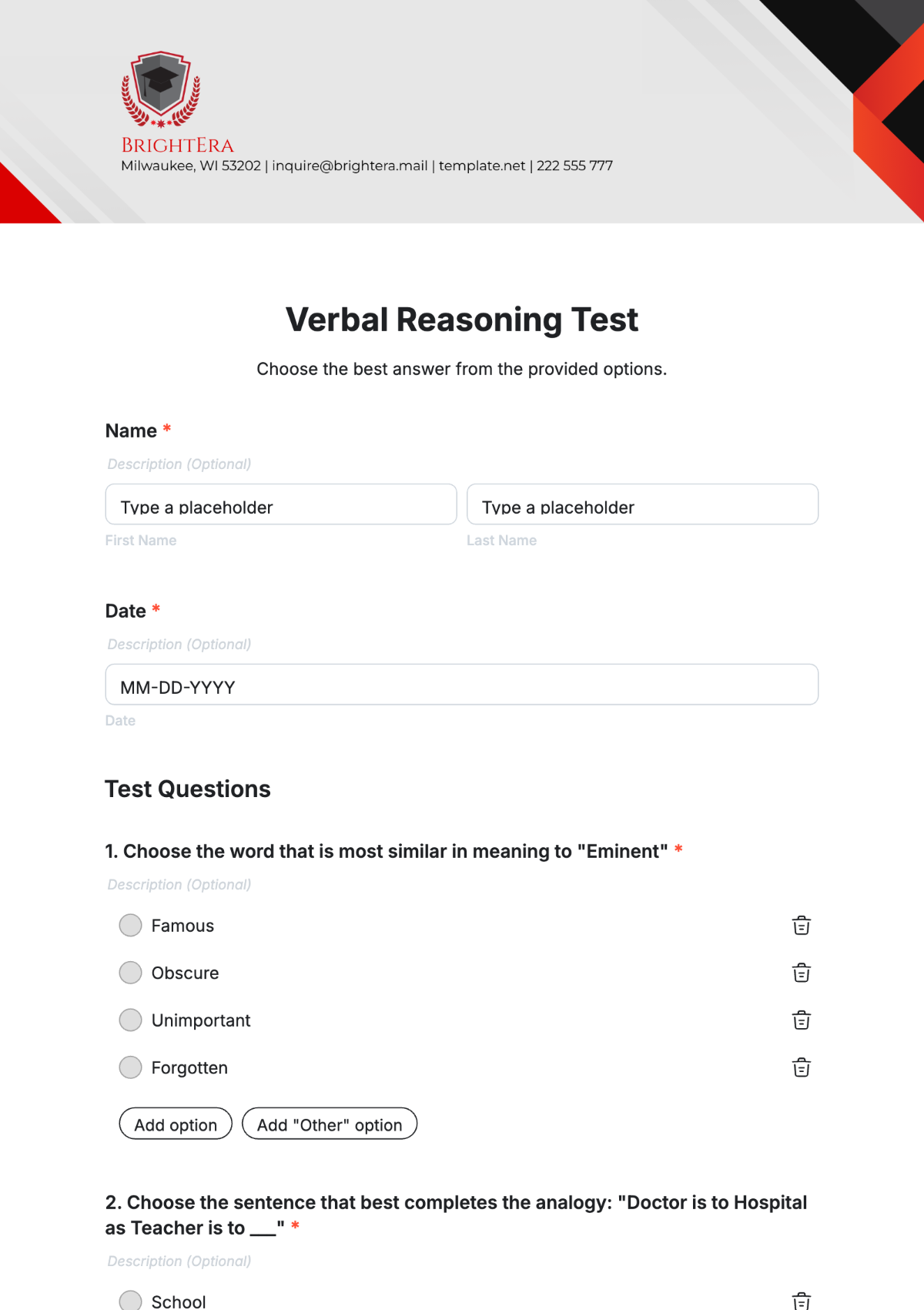LOGICAL REASONING TEST
Introduction
Purpose
The primary purpose of this document is to provide a thorough template for designing a Logical Reasoning Test. The test aims to evaluate candidates' ability to think analytically and solve problems, both crucial skills for most job roles. The intention is not just to assess the correctness of an answer but also to understand the approach taken to arrive at that answer.
Scope
This document outlines the structure, content, administrative details, and grading criteria of the Logical Reasoning Test. While it covers the general framework and procedures, specific test questions are not included; these should be developed separately, following the guidelines herein.
Target Audience
The intended readership includes but is not limited to:
Human Resource Managers
Hiring Teams
Test Administrators
Job Consultants
Document Conventions
Bold: For highlighting important terms and titles.
Italics: For emphasizing notes, instructions, or optional elements.
[Placeholders]: Texts enclosed in square brackets are placeholders that should be replaced with specific information.
Objectives of the Logical Reasoning Test
Core Competencies
The test aims to assess the following core competencies:
Analytical Thinking: The ability to break down complex information or comprehensive data into fundamental parts or basic principles.
Problem-Solving: The capacity for finding solutions to difficult or complex issues.
Decision Making: Evaluating multiple options and selecting the most appropriate course of action.
Pattern Recognition: Identifying patterns and making connections between disparate pieces of information.
Measurement Metrics
The following metrics will be used to evaluate candidates:
Metrics | Evaluation Method | Weightage (%) |
Numbers of correct answers | Count of accurately answered questions | 60% |
Time taken | Speed of completing the test | 20% |
Quality of Explanations | Assessment of the logic and coherence in written explanations | 20% |
Pre-Assessment Preparations
Test Administration
Administrator’s Name: [Name of the person administering the test]
Date: [Test Date, e.g., January 1, 2051]
Venue: [Physical or virtual location where the test will be administered]
Technology Requirements
Candidates will need the following:
A computer with a stable internet connection.
Updated browser for accessing the test portal.
Webcam and microphone for remote proctoring, if applicable.
Test Timing
Duration: The test is designed to be completed in 60 minutes.
Timing Restrictions: No breaks are allowed during the test.
Test Format
Question Types
The test comprises the following types of questions:
Multiple-Choice Questions (MCQs): Designed to assess analytical thinking and decision-making.
True/False Statements: To assess basic knowledge and pattern recognition.
Scenario-Based Questions: For evaluating problem-solving skills in real-world situations.
Grading Criteria
The following table outlines the grading scheme:
Question Type | Points Per Question | Maximum Points |
MCQ | 2 | 40 |
True or False | 1 | 10 |
Scenario-Based | 5 | 50 |
Test Scenarios
Sample Questions
MCQs: What is the next number in the sequence 2, 6, 12, 20?
30
32
28
34
True/False: If all roses are flowers and some flowers fade quickly, then some roses fade quickly.
True
False
Scenario-Based: How would you address a situation where you have to optimize an underperforming system within a tight deadline?
Post-Assessment Procedures
Scoring
MCQs: 2 points will be awarded for each correct answer.
True/False: 1 point will be awarded for each correct answer.
Scenario-Based: Up to 5 points will be awarded based on the quality, depth, and applicability of the answer.
Feedback Mechanism
Each candidate will receive a comprehensive report detailing their performance on each question type, along with overall scores and insights for improvement. This report will be sent within five business days post-assessment.
Candidate Review
For candidates wishing to discuss their results in detail, a review meeting can be scheduled with the HR team or the test administrator.
Steps | Description | Responsible Person |
Initial contact | Email sent to the candidate offering an opportunity for a review | HR Manager |
Scheduling | Candidate selects a suitable time from the options provided | Candidate |
Meeting | In-depth discussion on test performance and feedback | HR Manager/Test Admin |
Compliance and Confidentiality
Legal Guidelines
ADA Compliance: The test will be designed to be accessible, adhering to the Americans with Disabilities Act (ADA).
EEOC Guidelines: Equal Employment Opportunity Commission (EEOC) guidelines will be followed to ensure the test does not discriminate against any demographic.
Data Security
All test results are confidential and will only be disclosed to authorized personnel.
Candidate data will be securely stored and encrypted to prevent unauthorized access.
